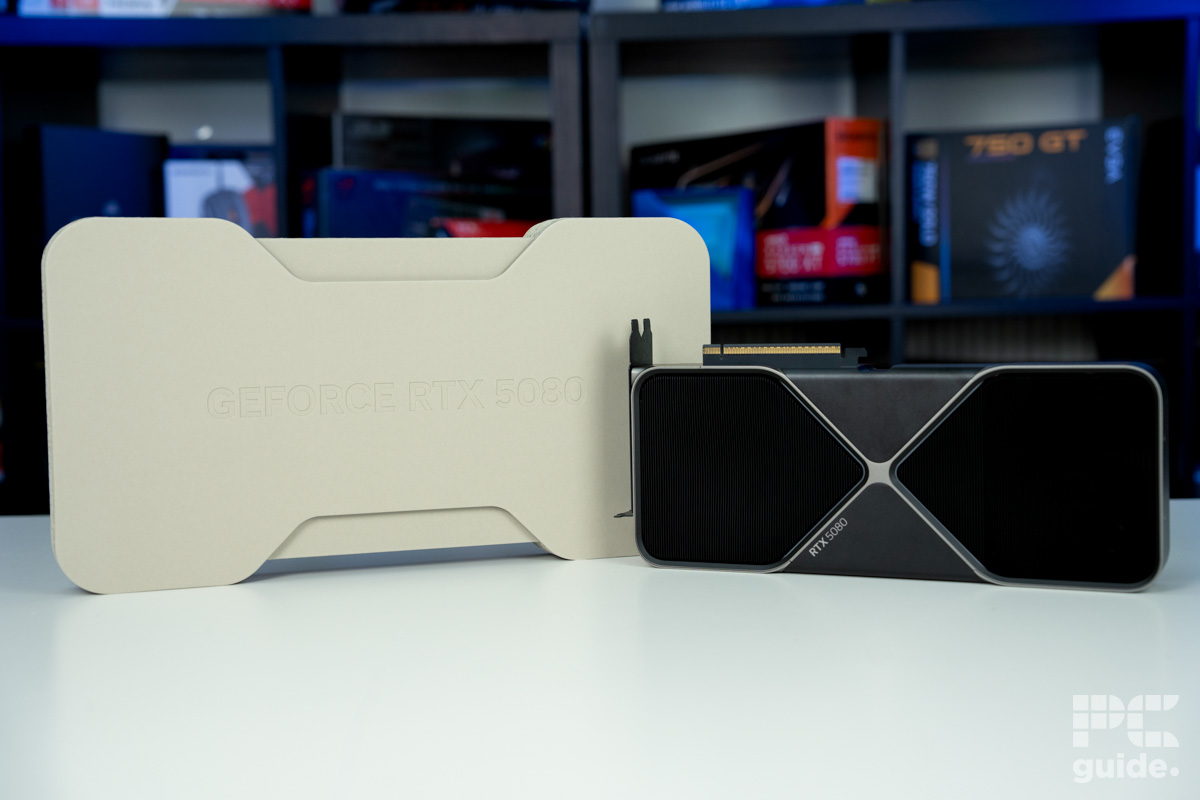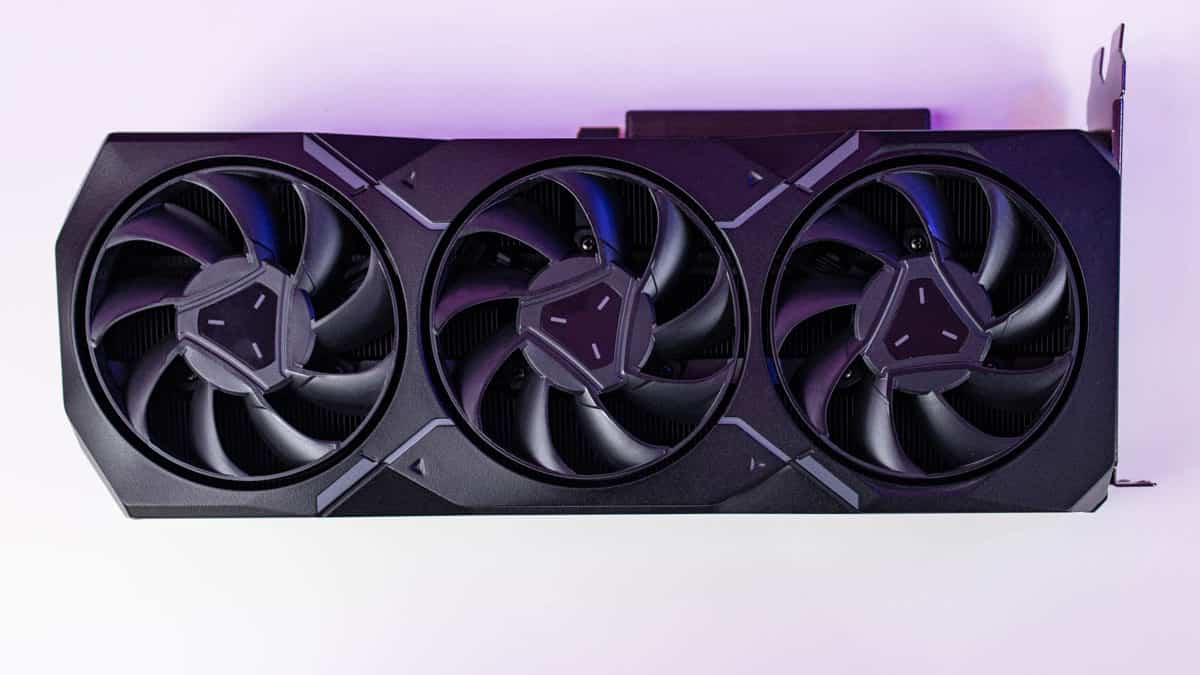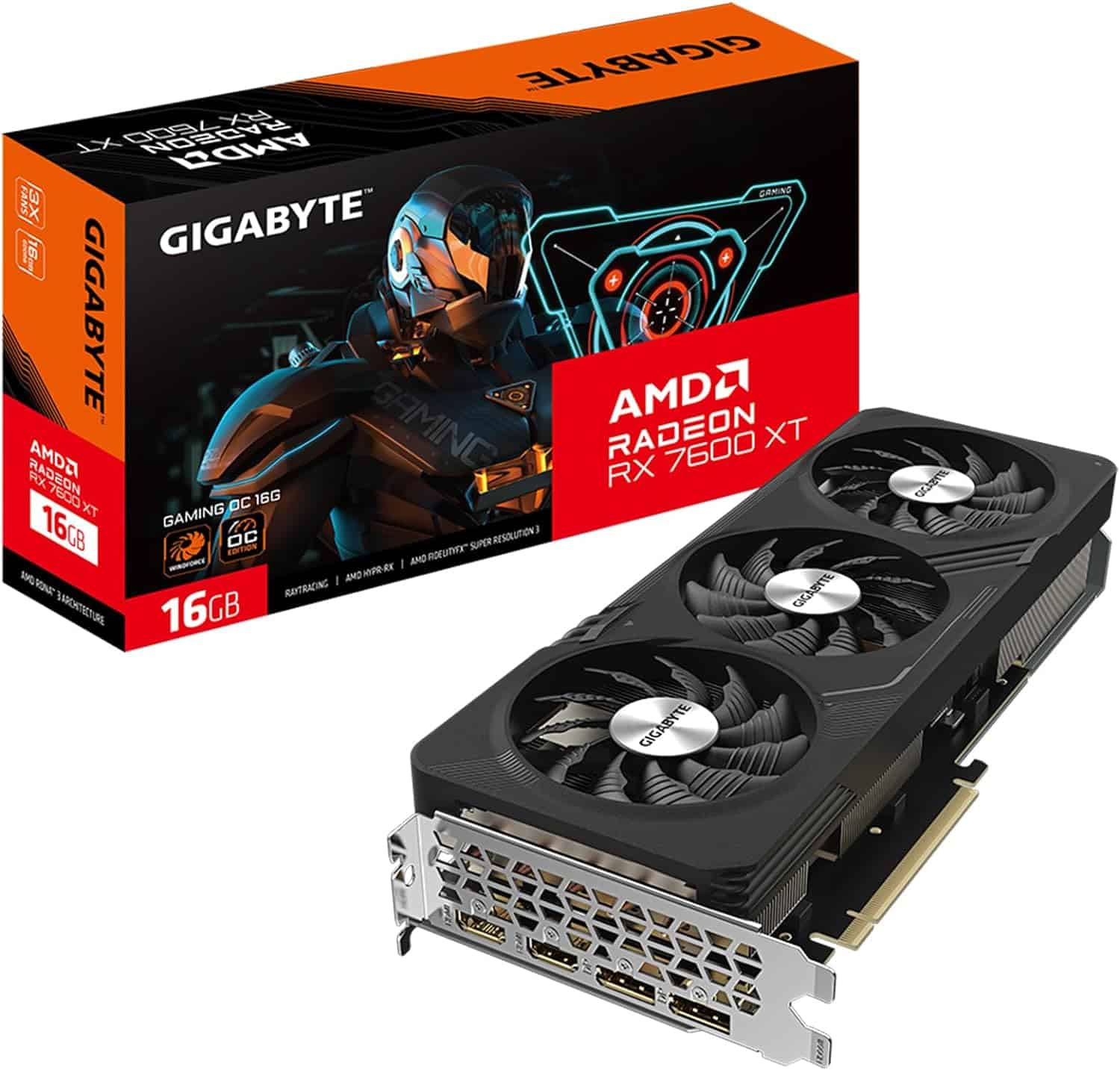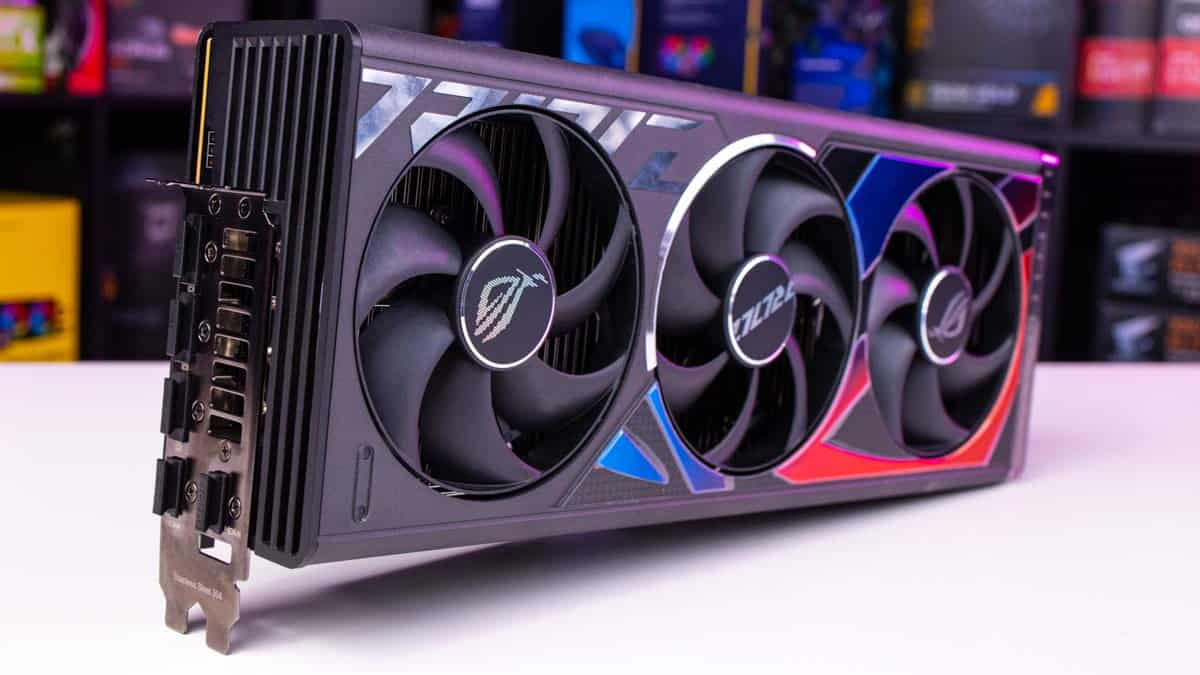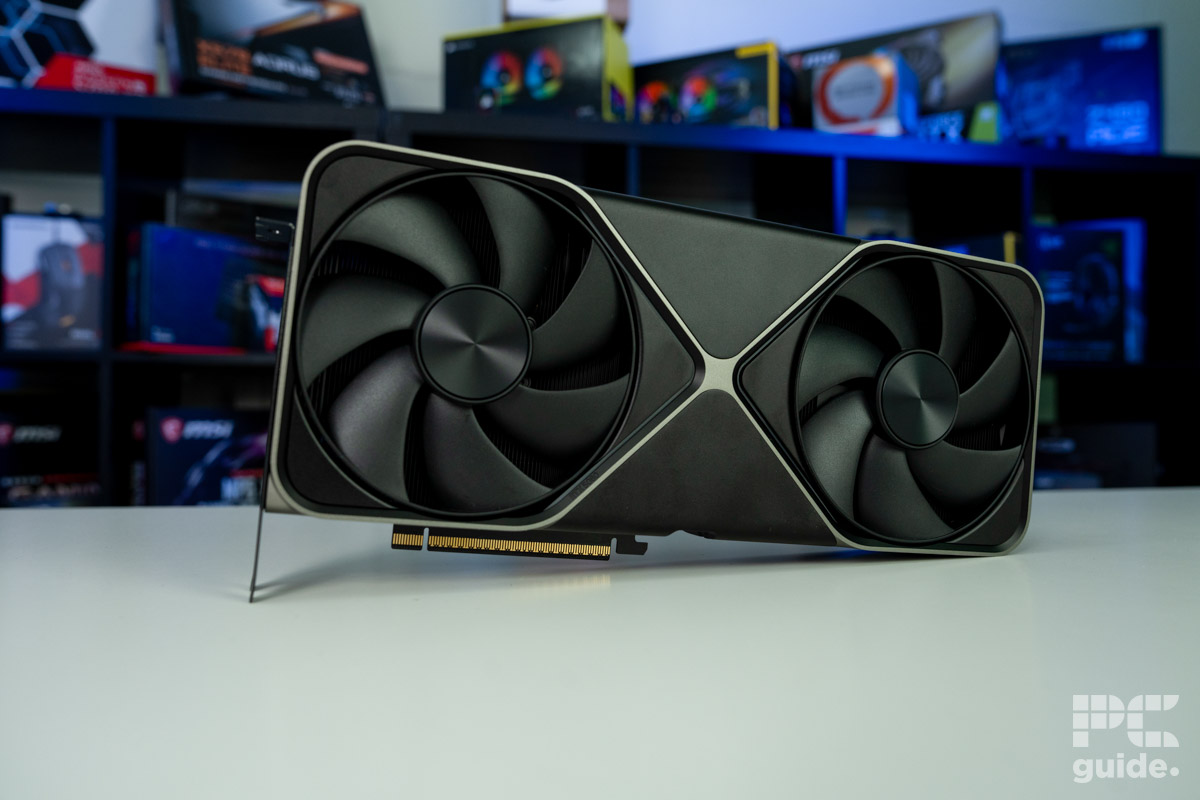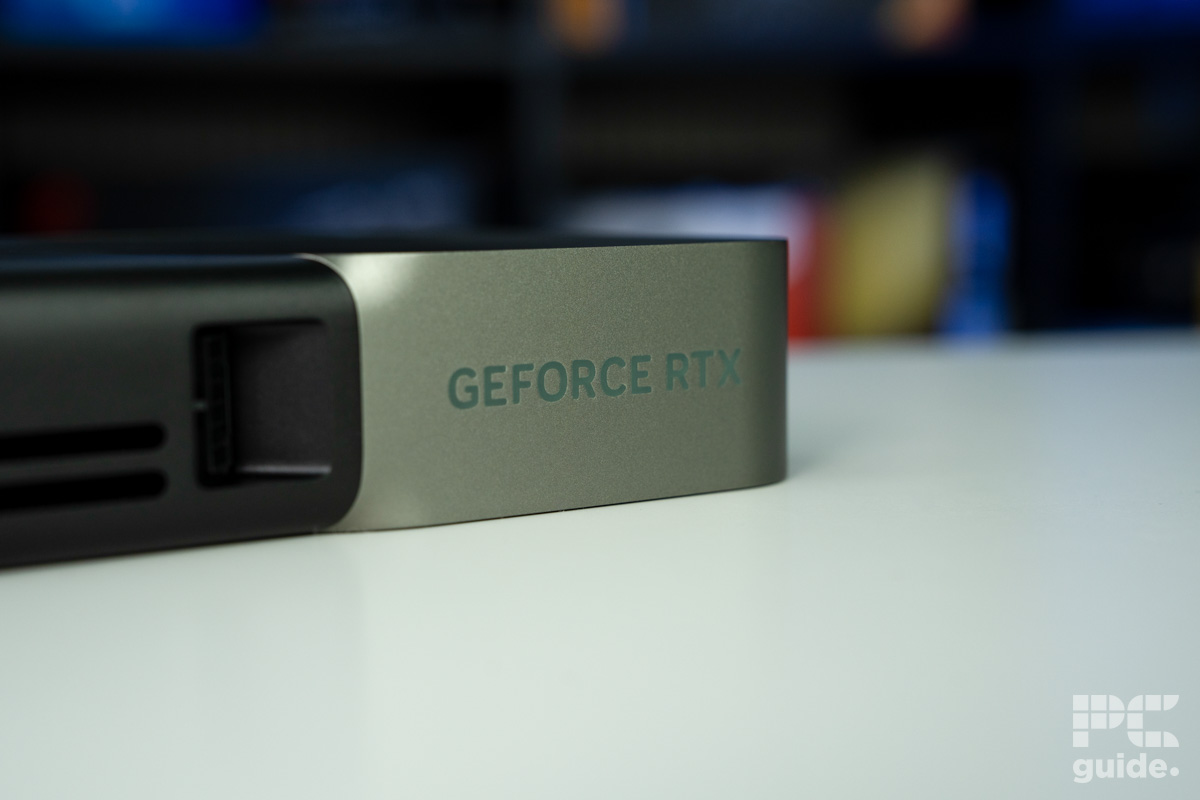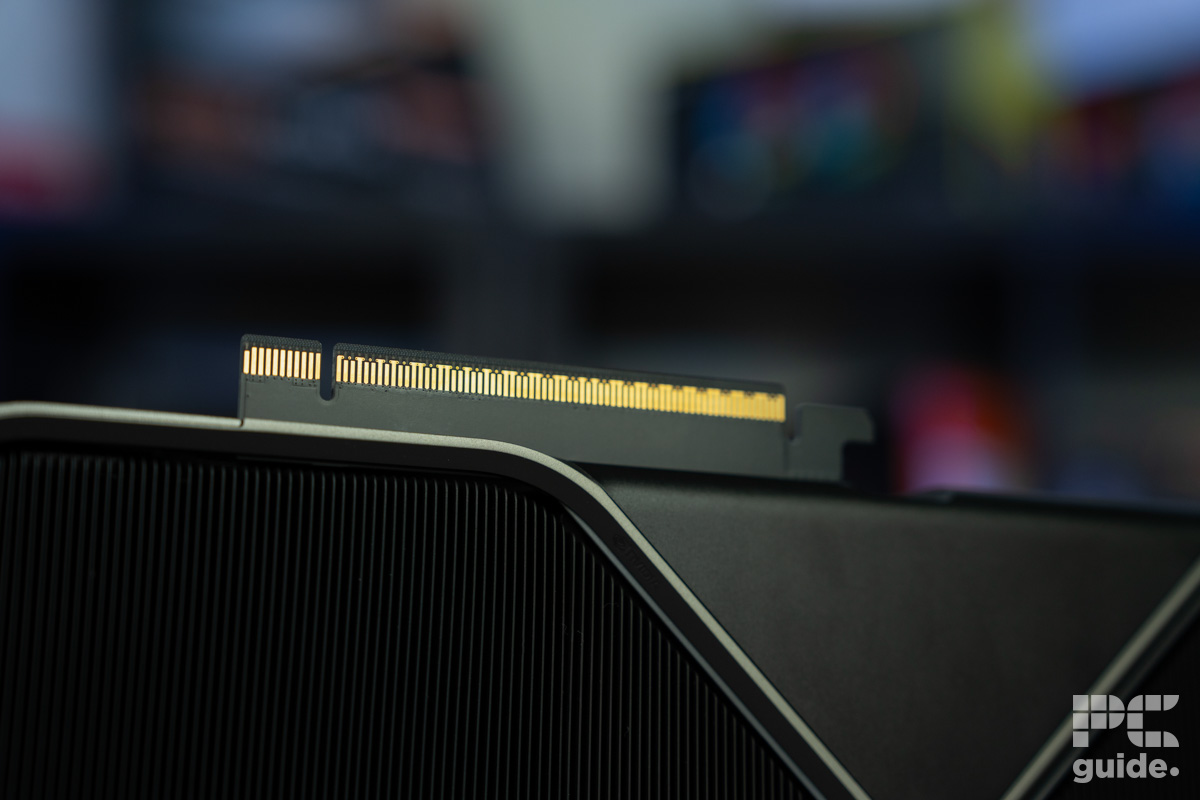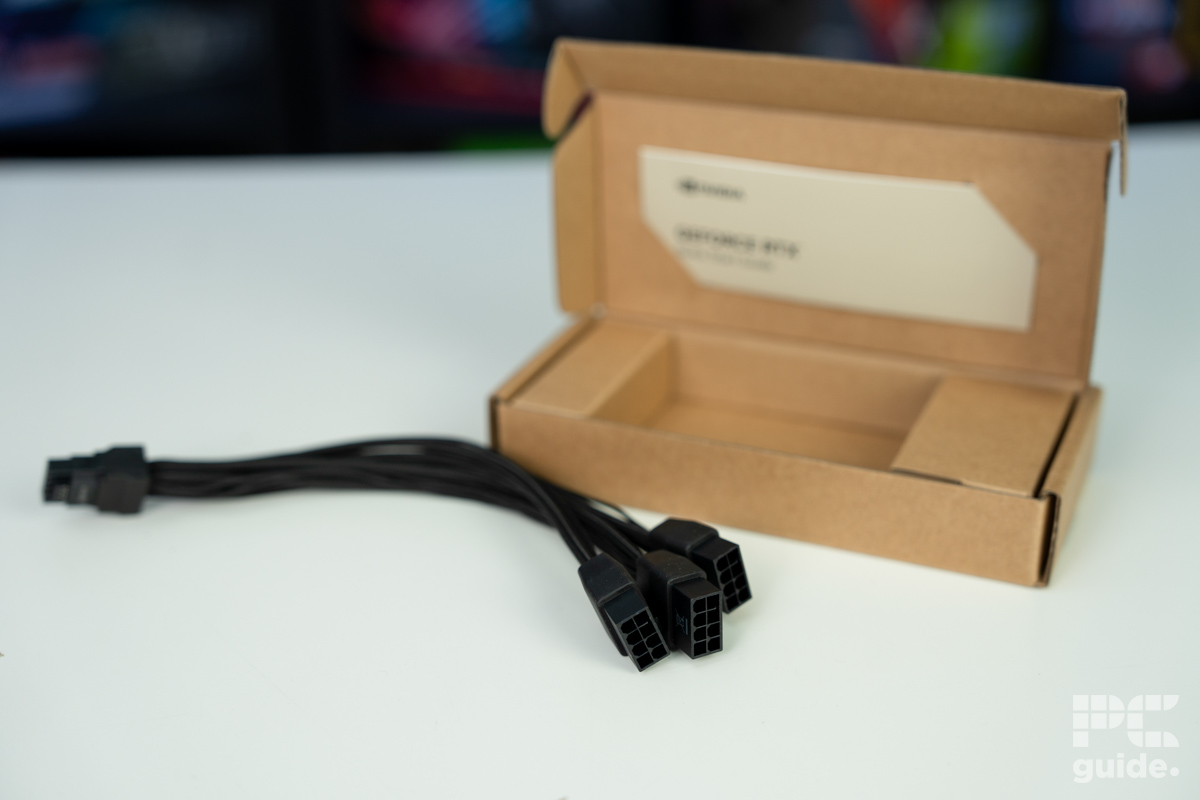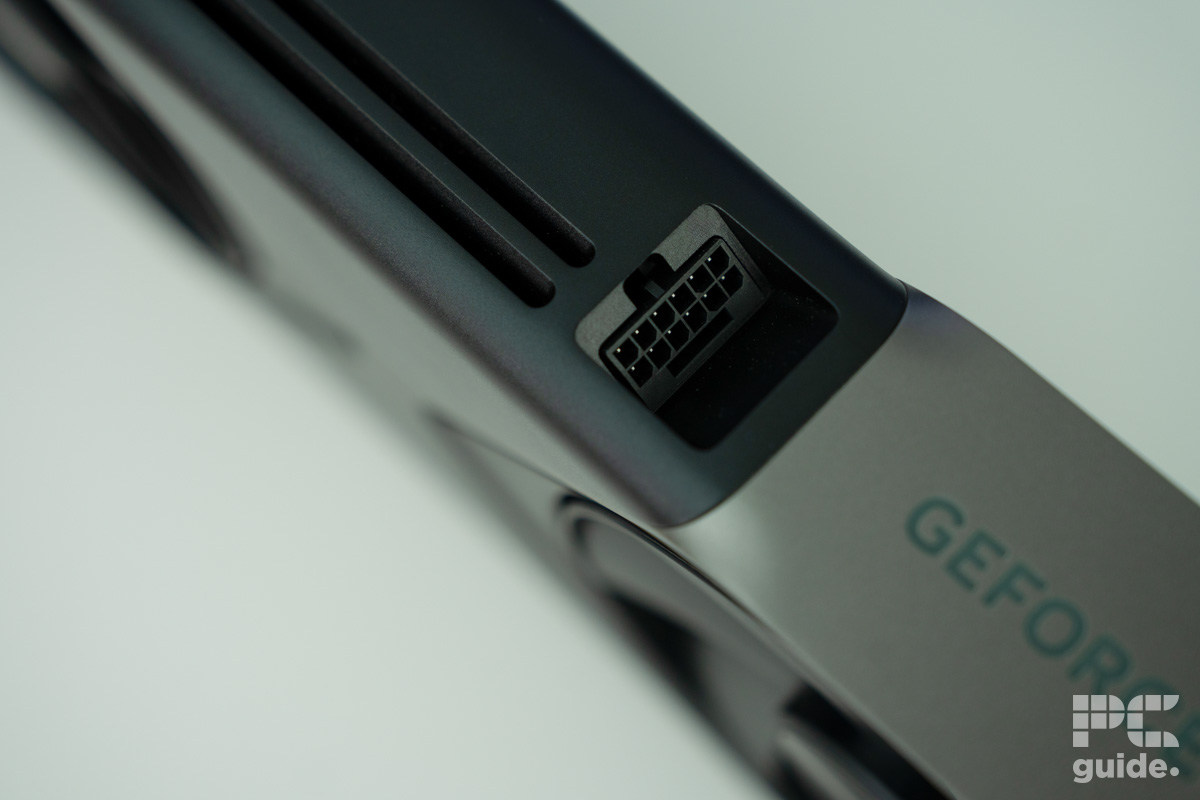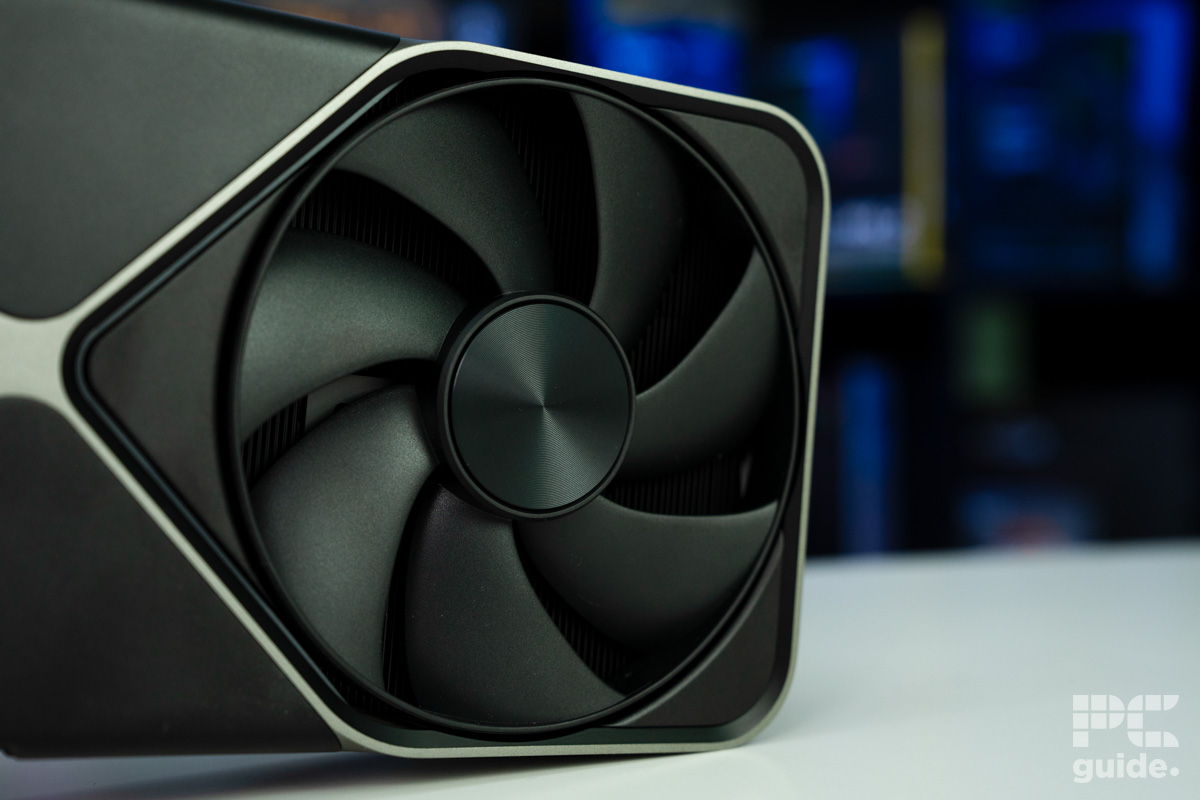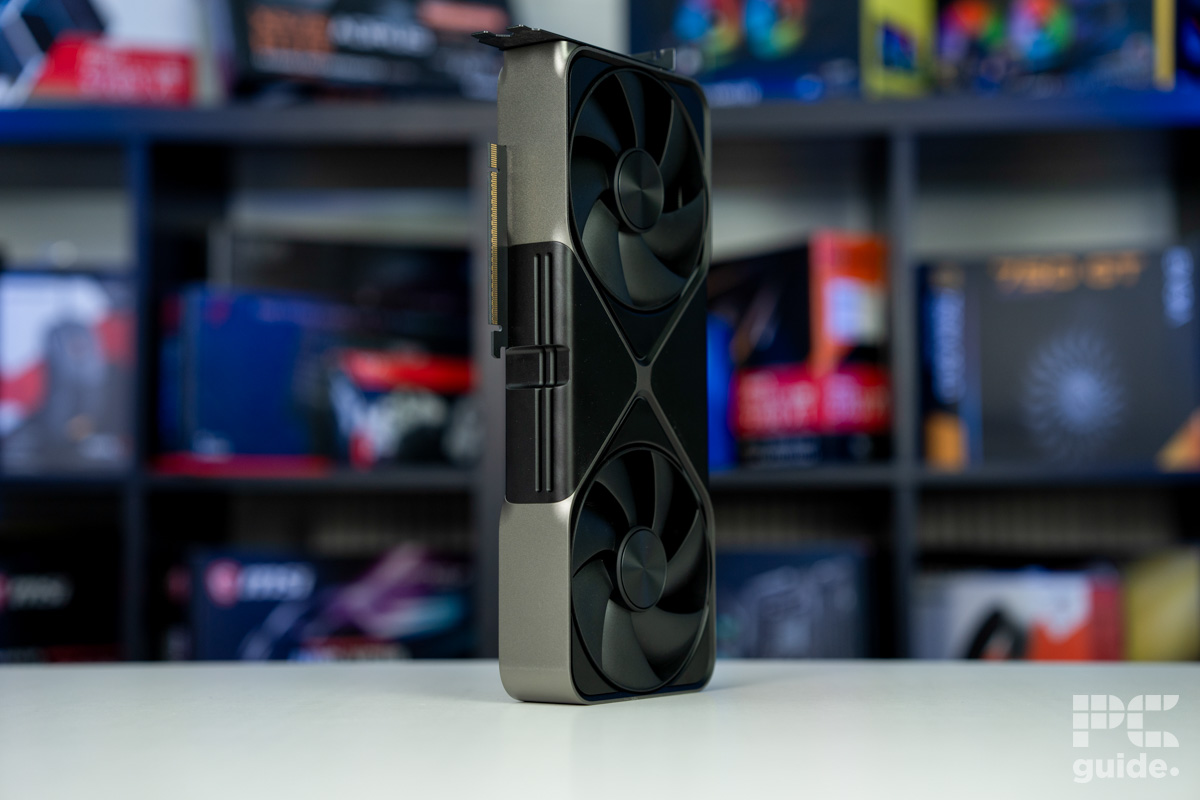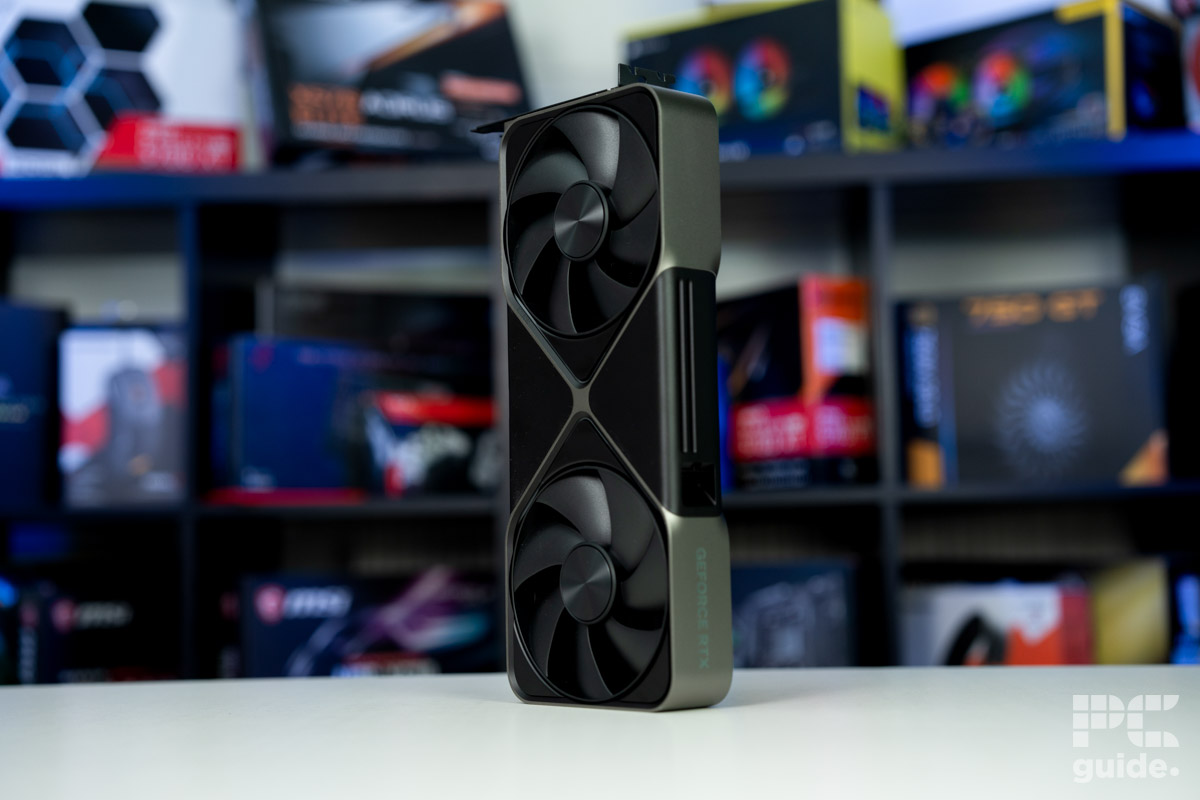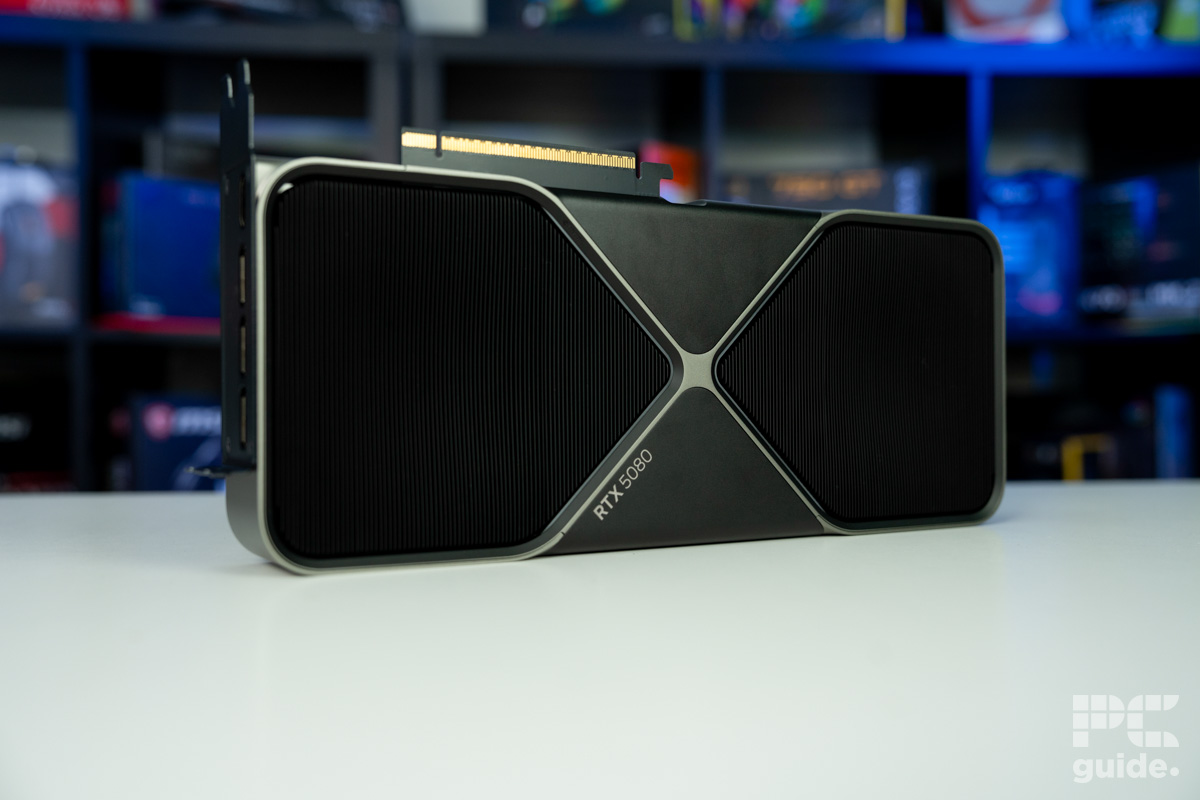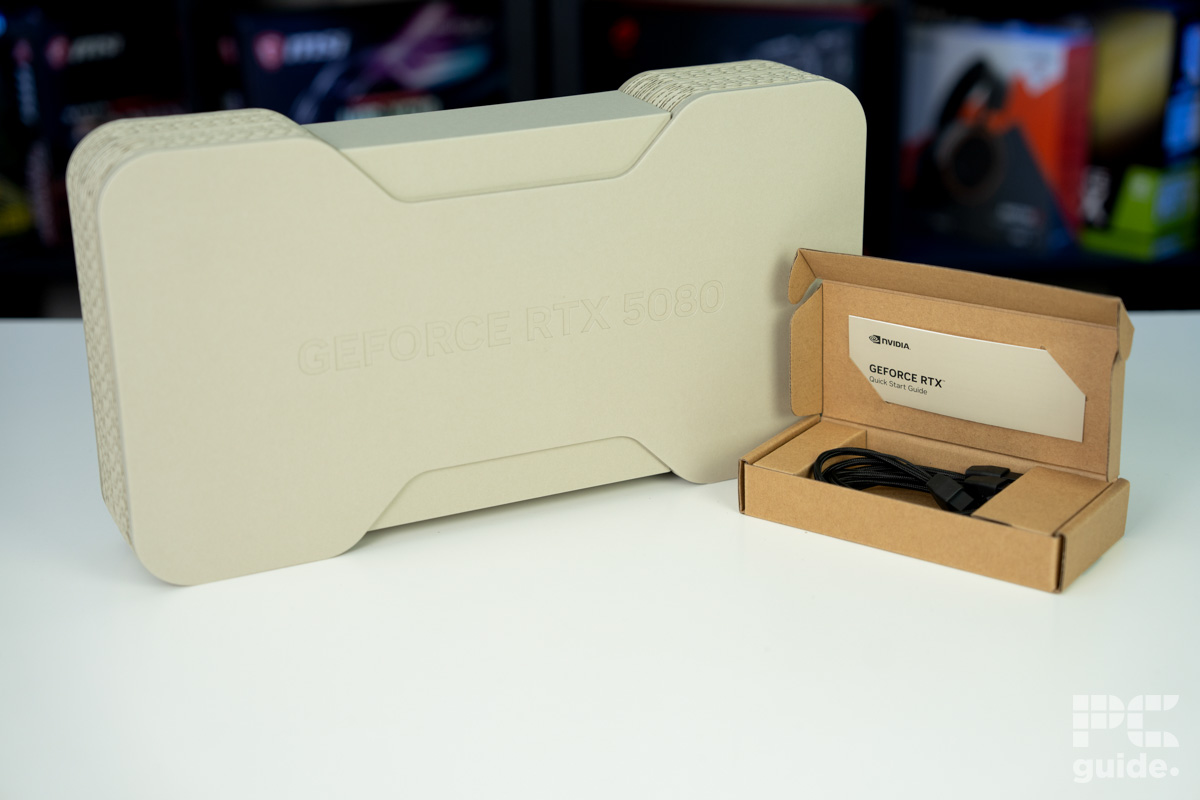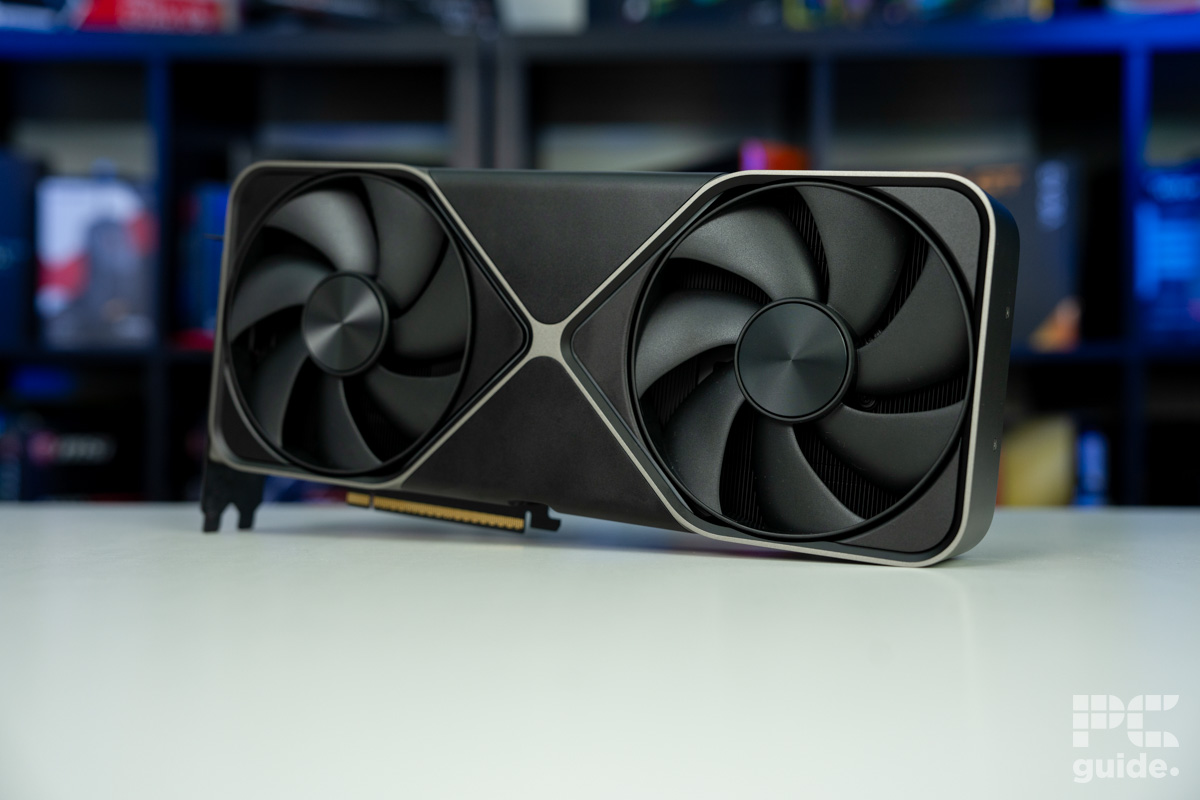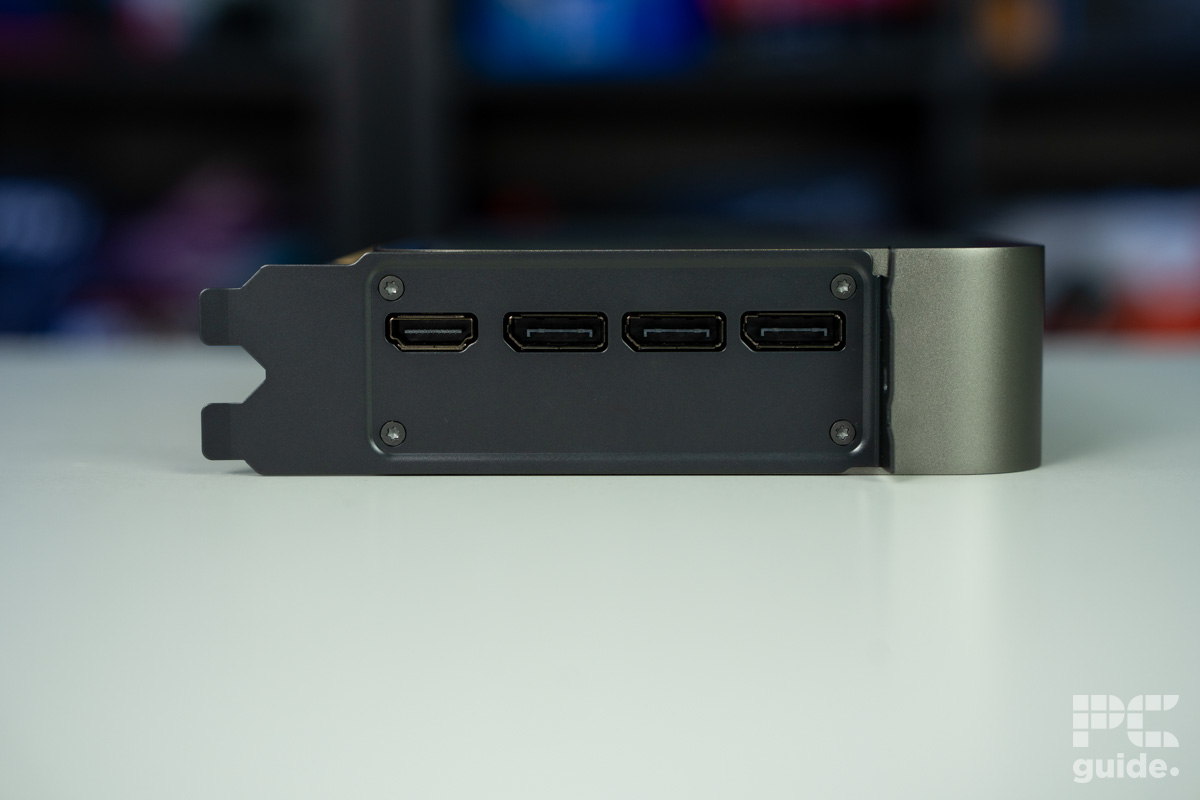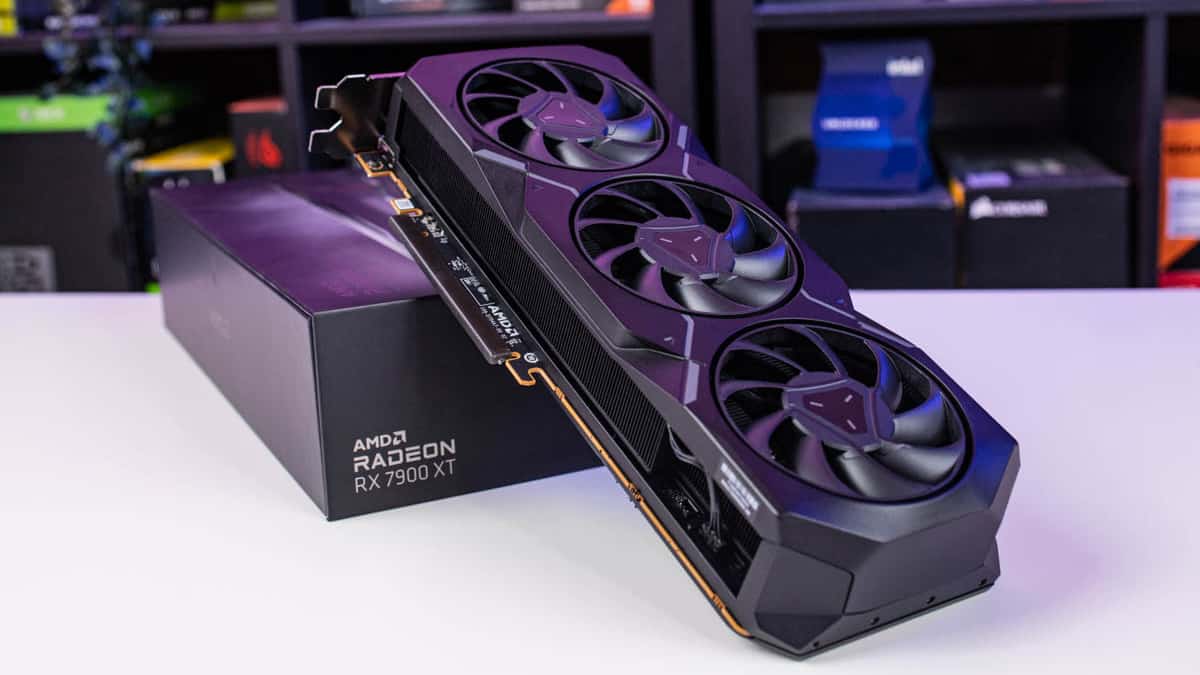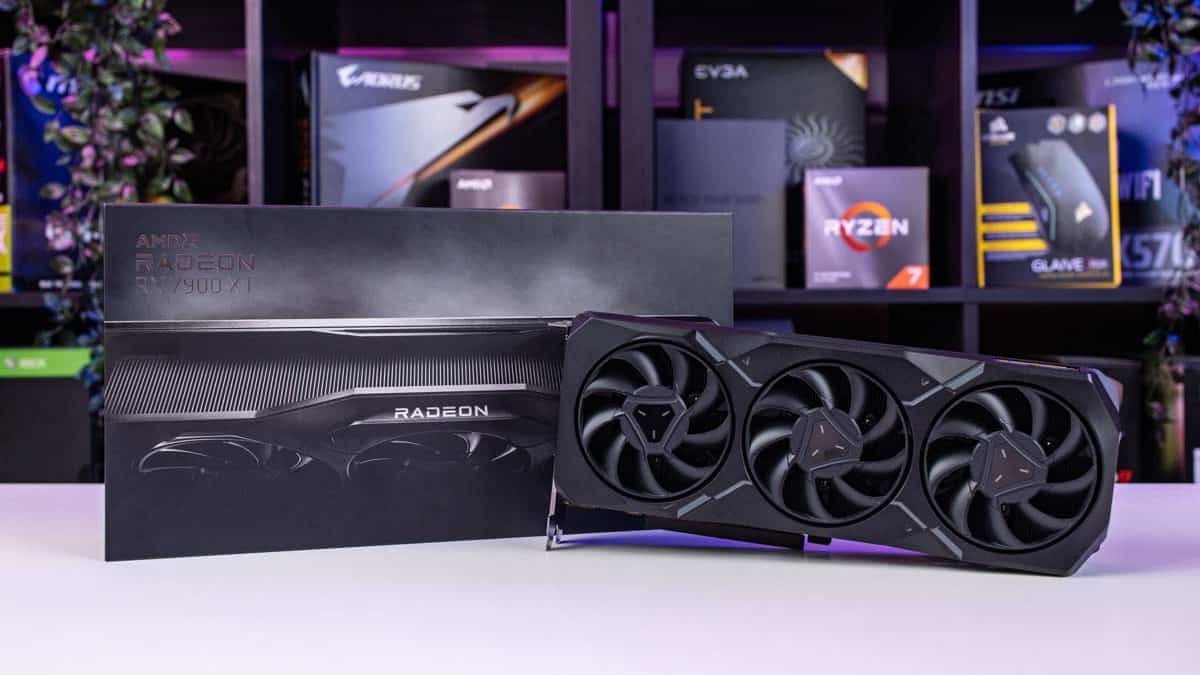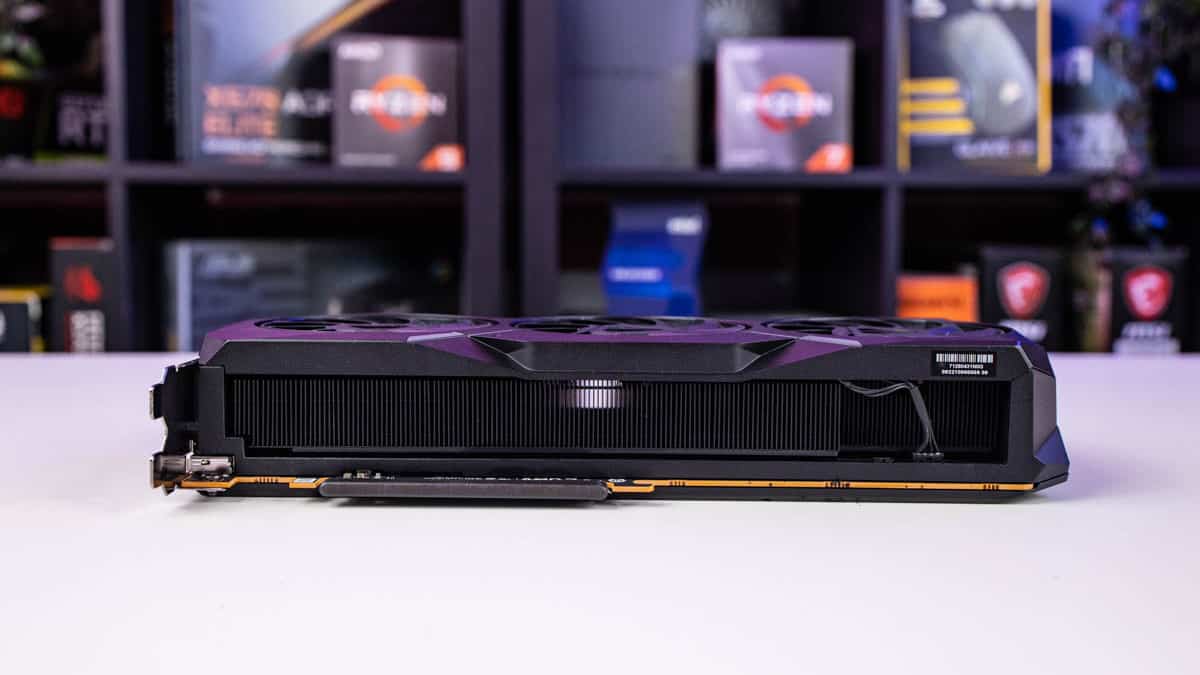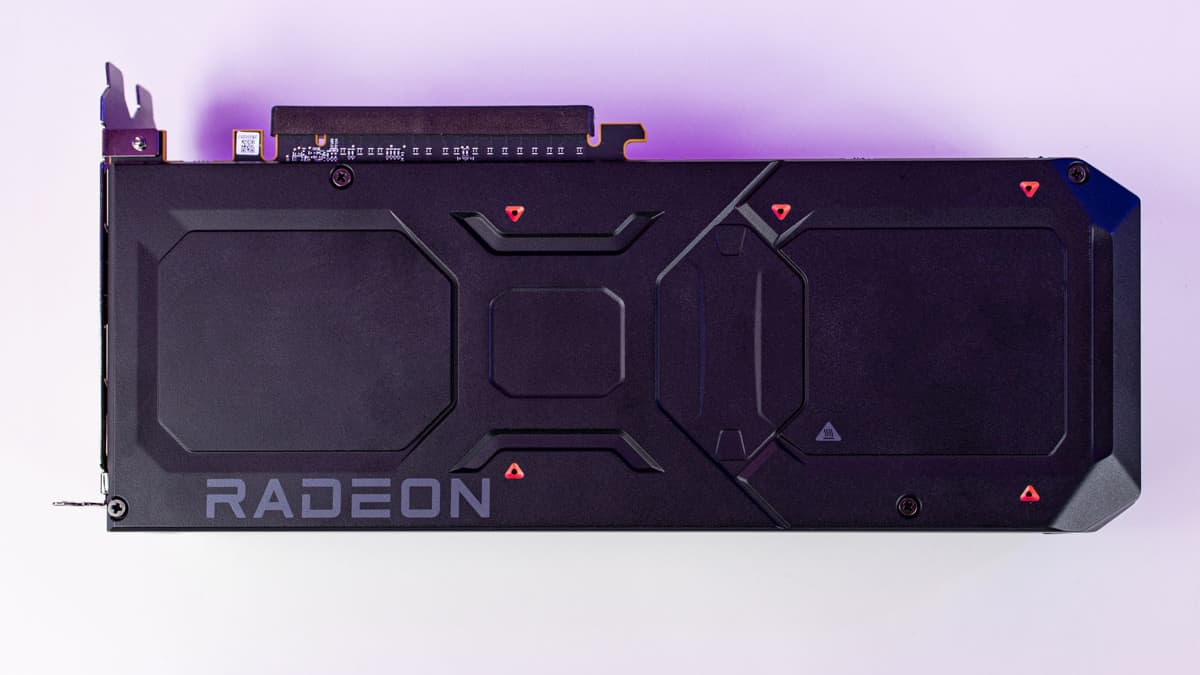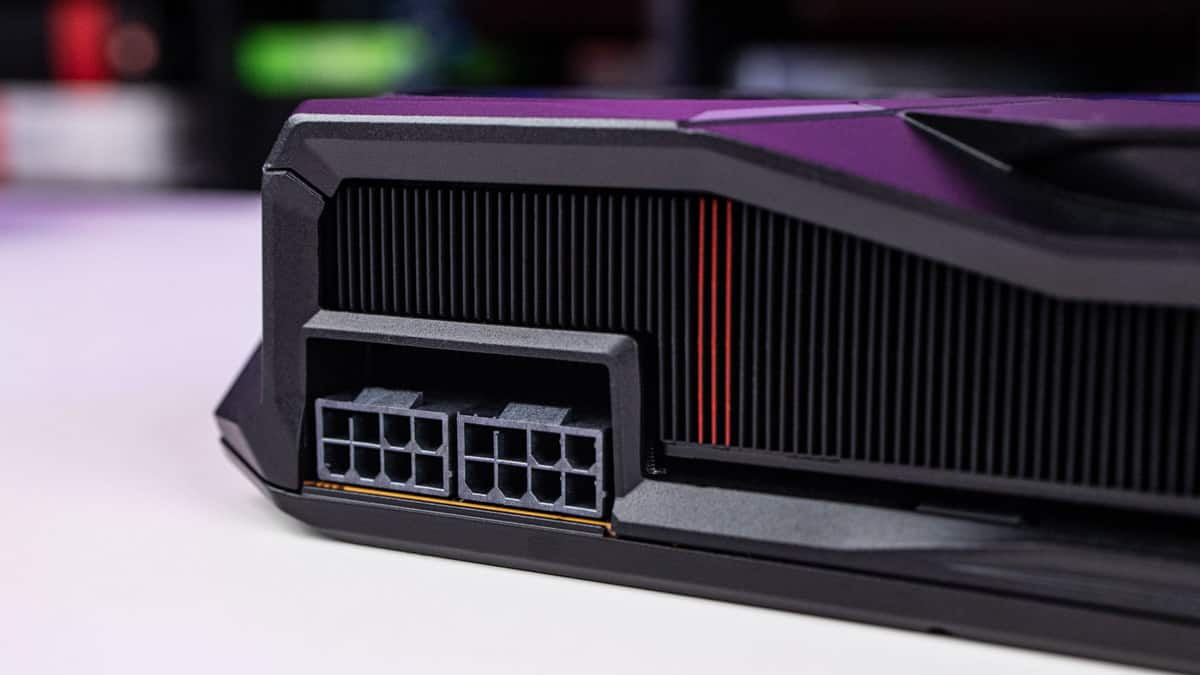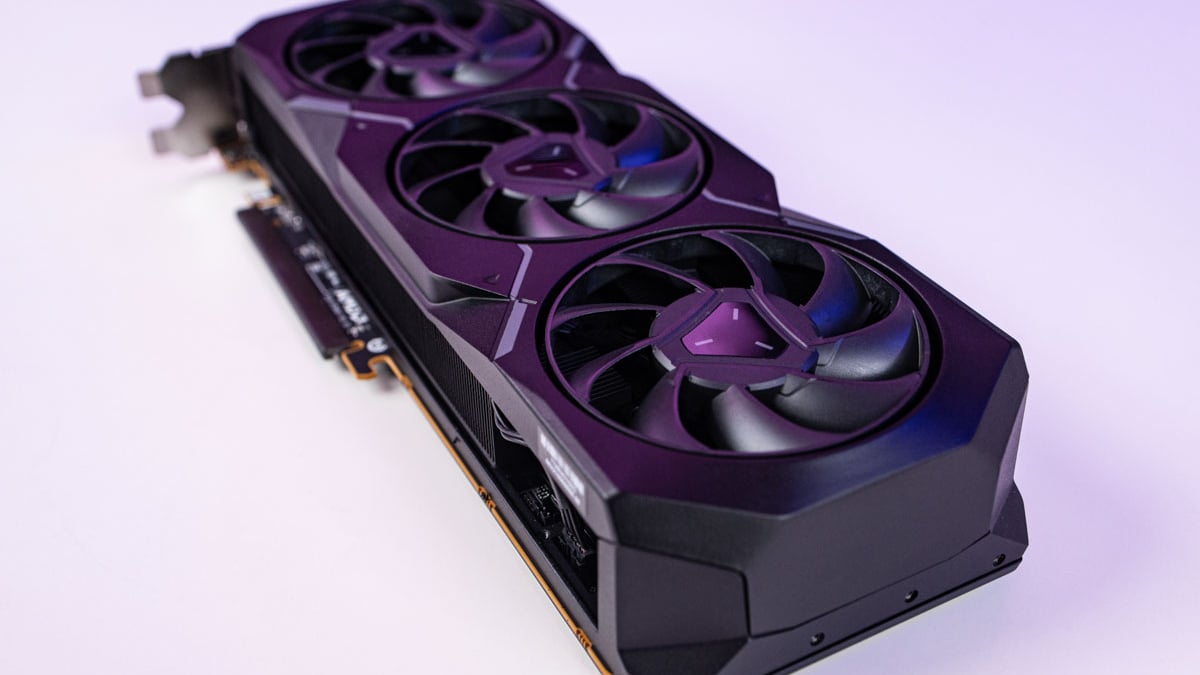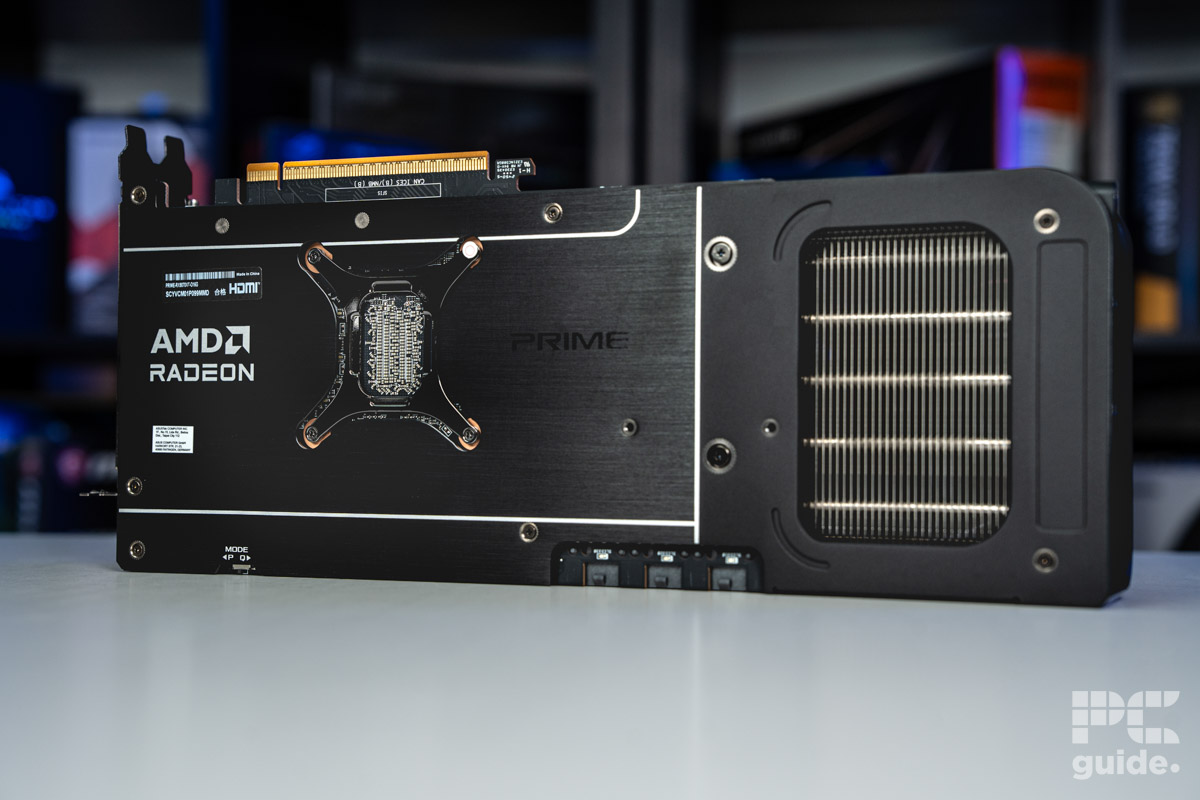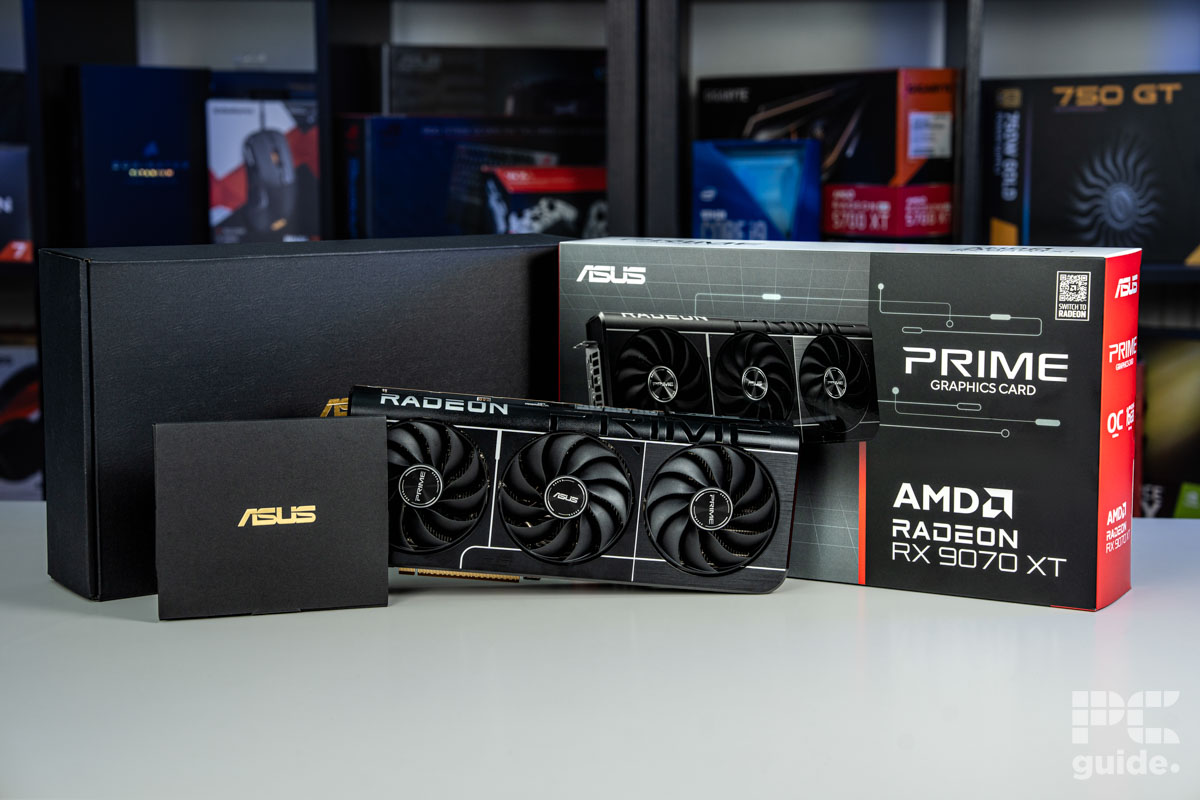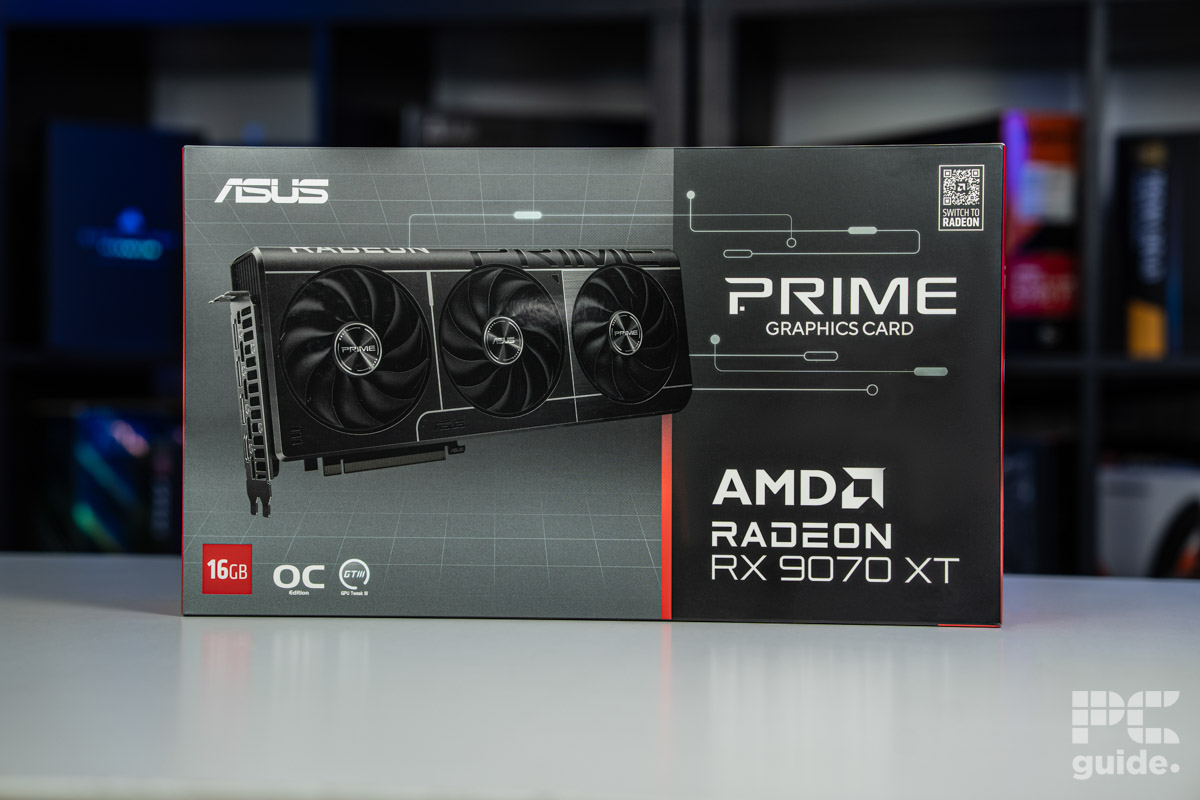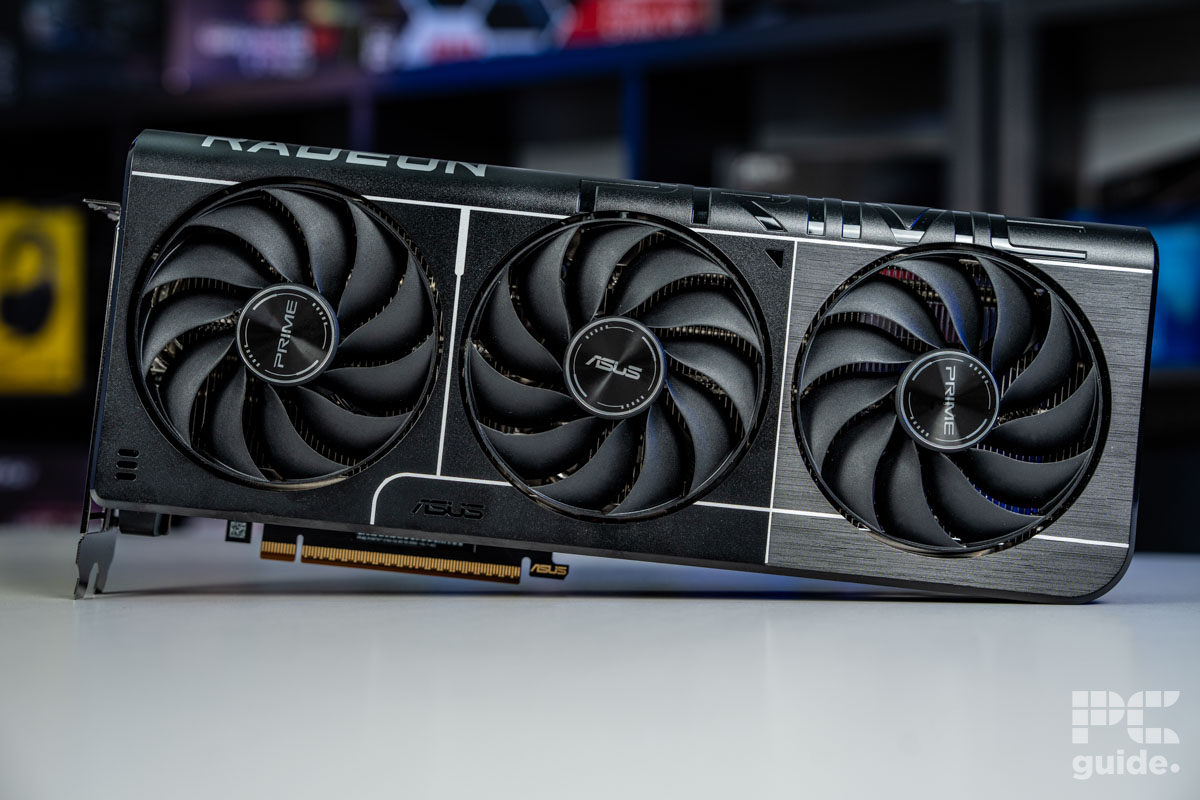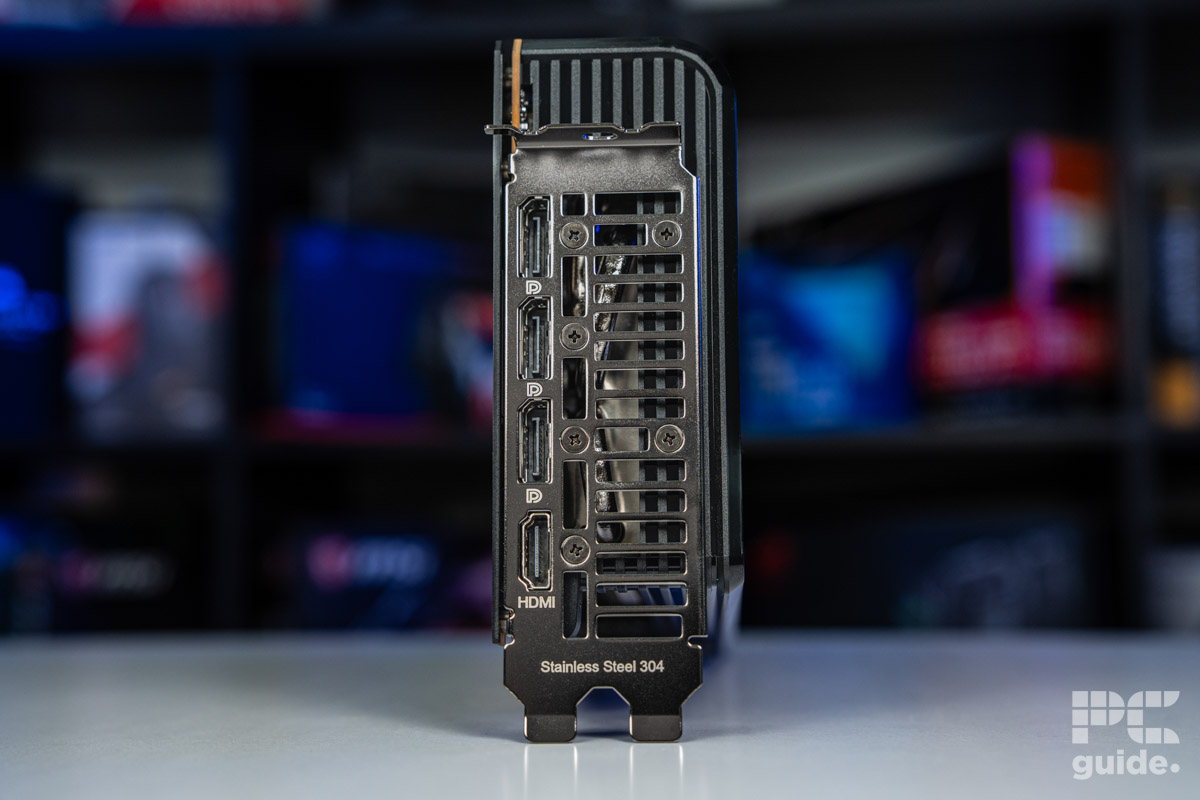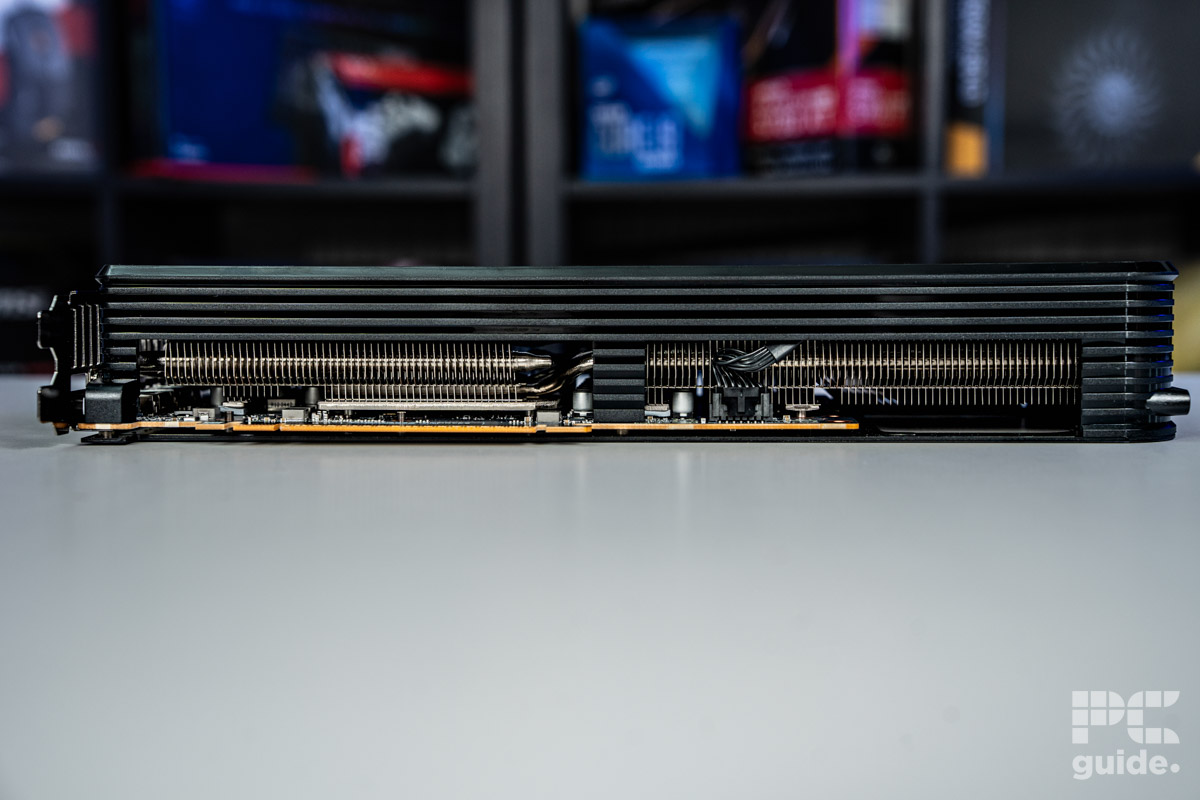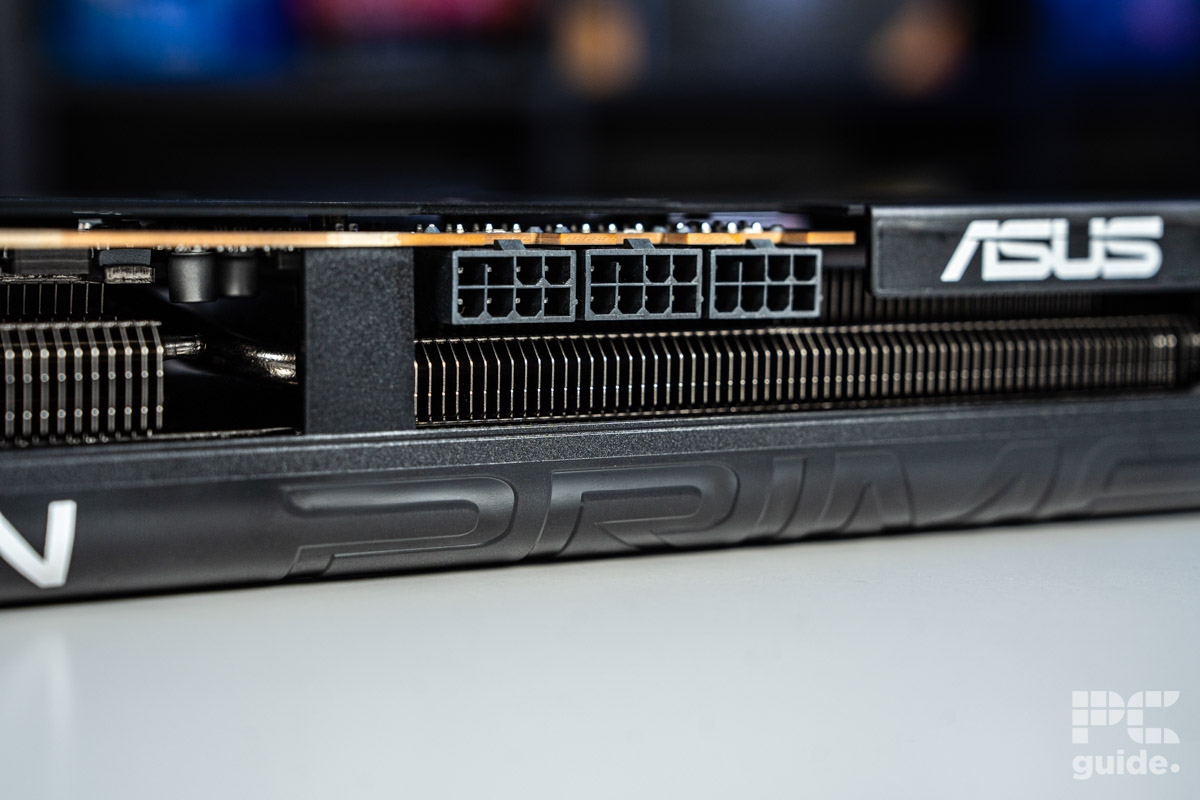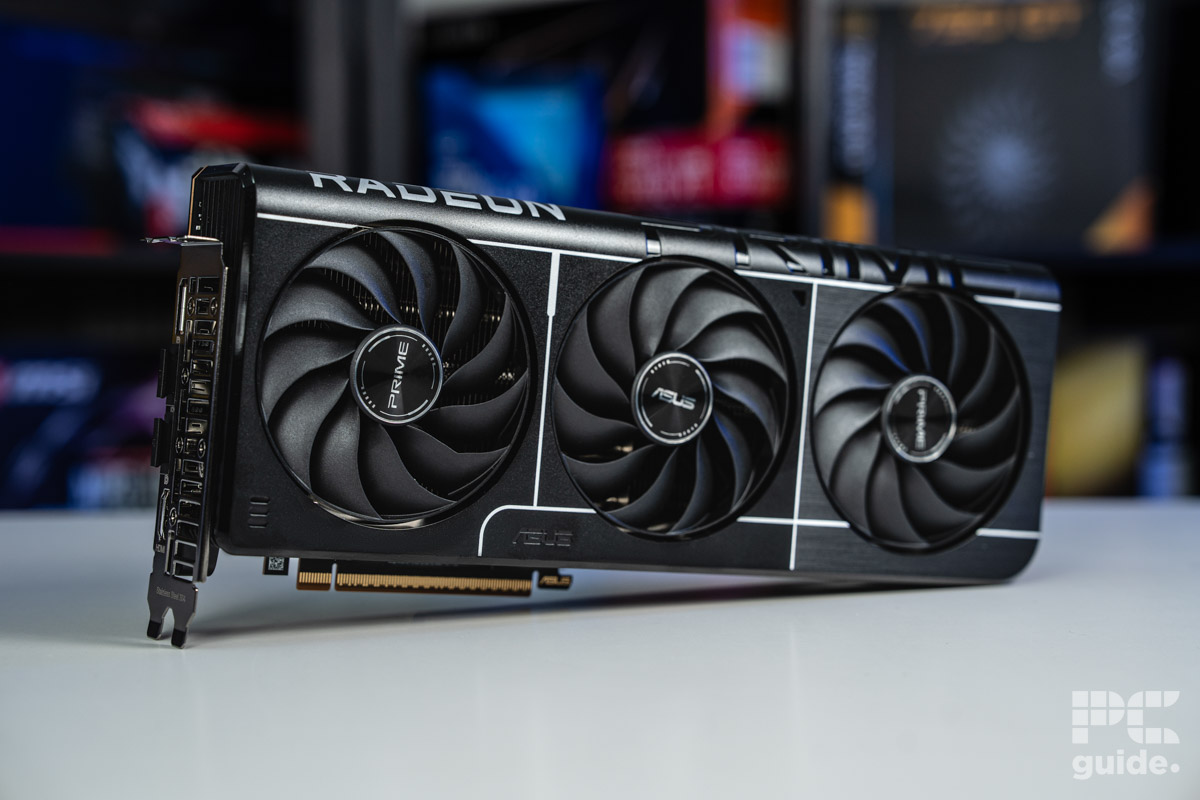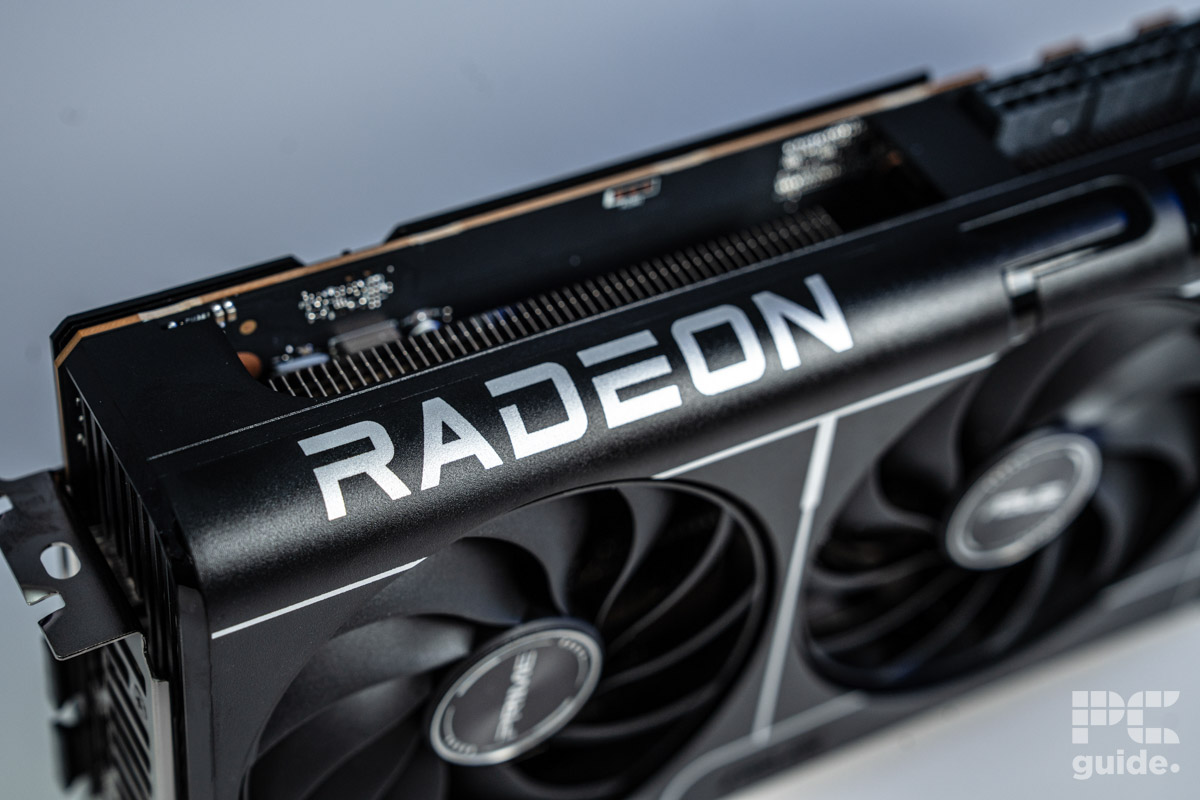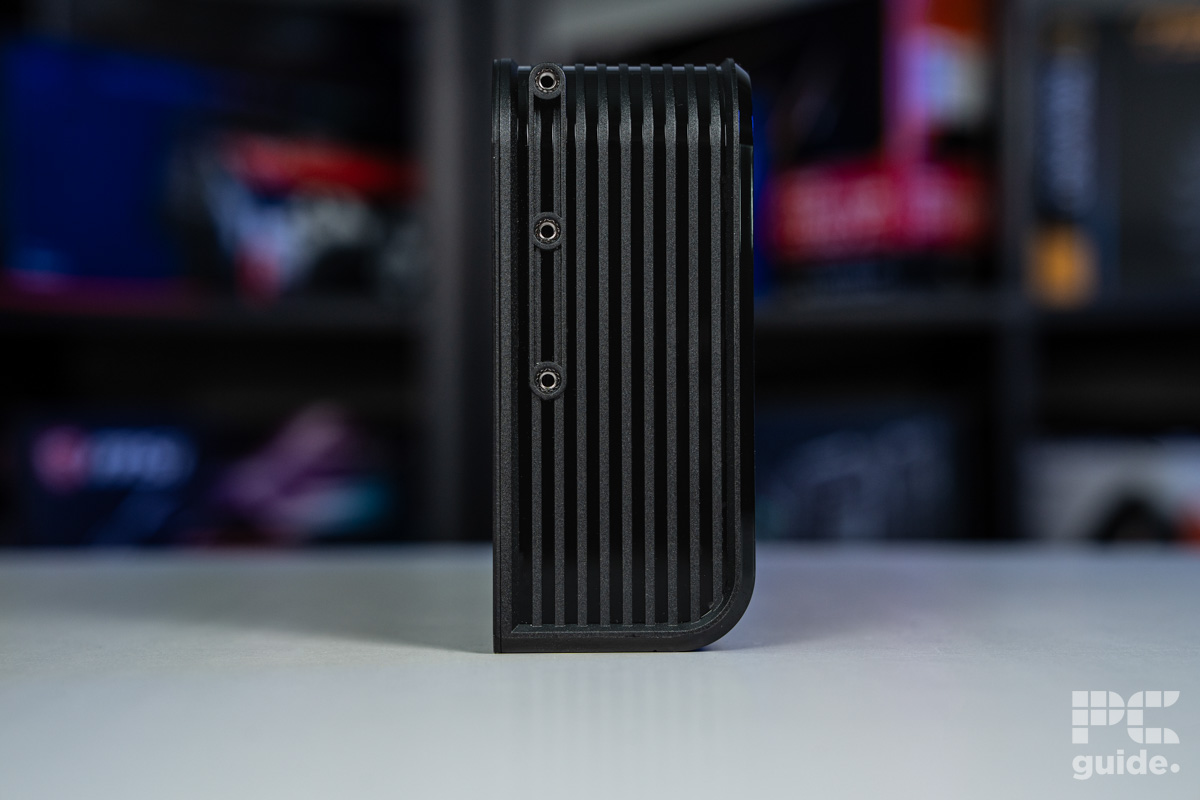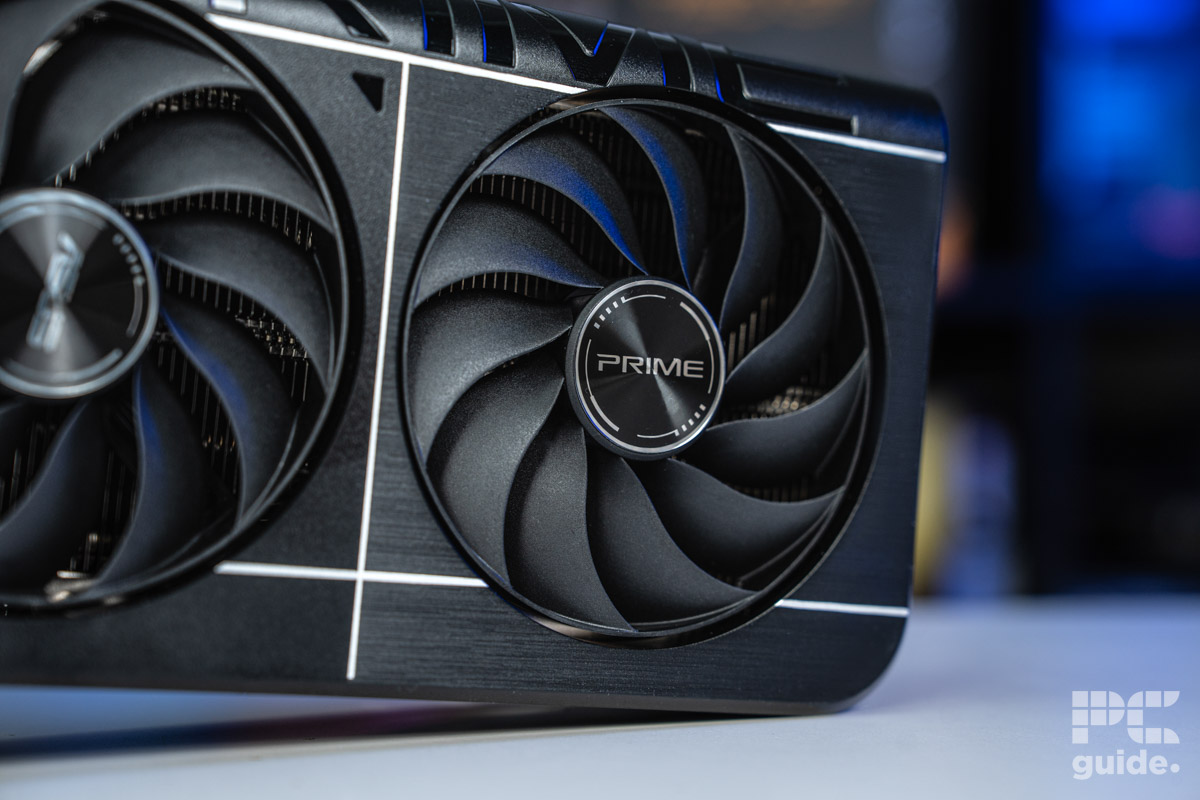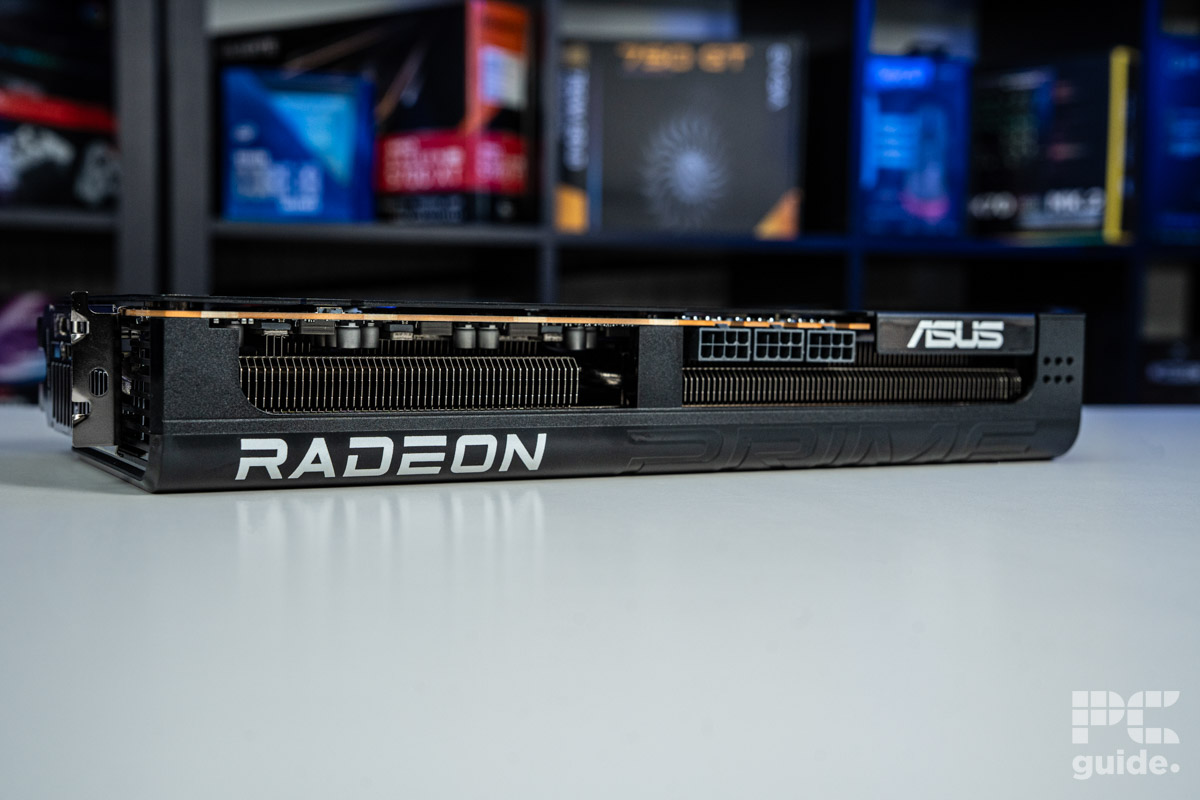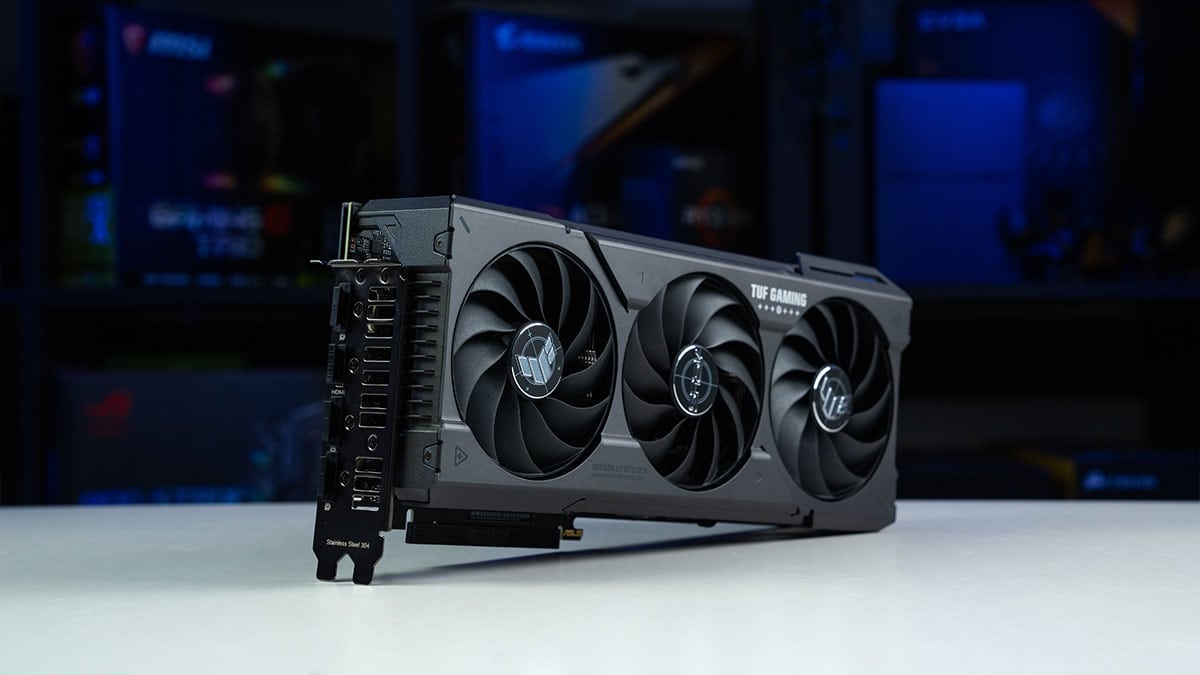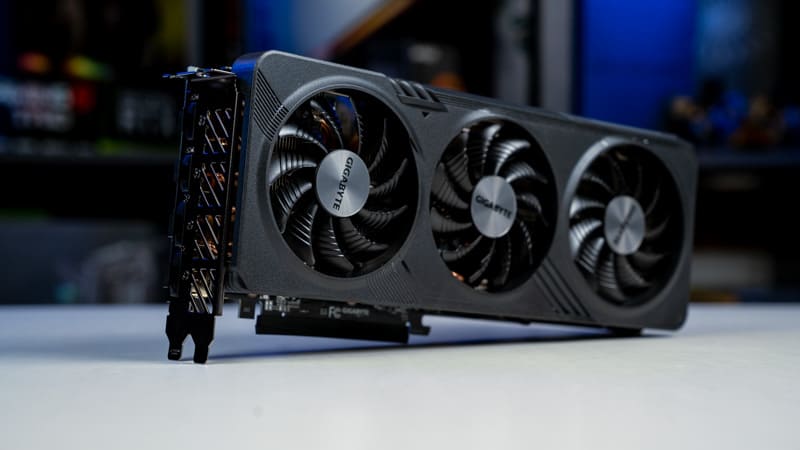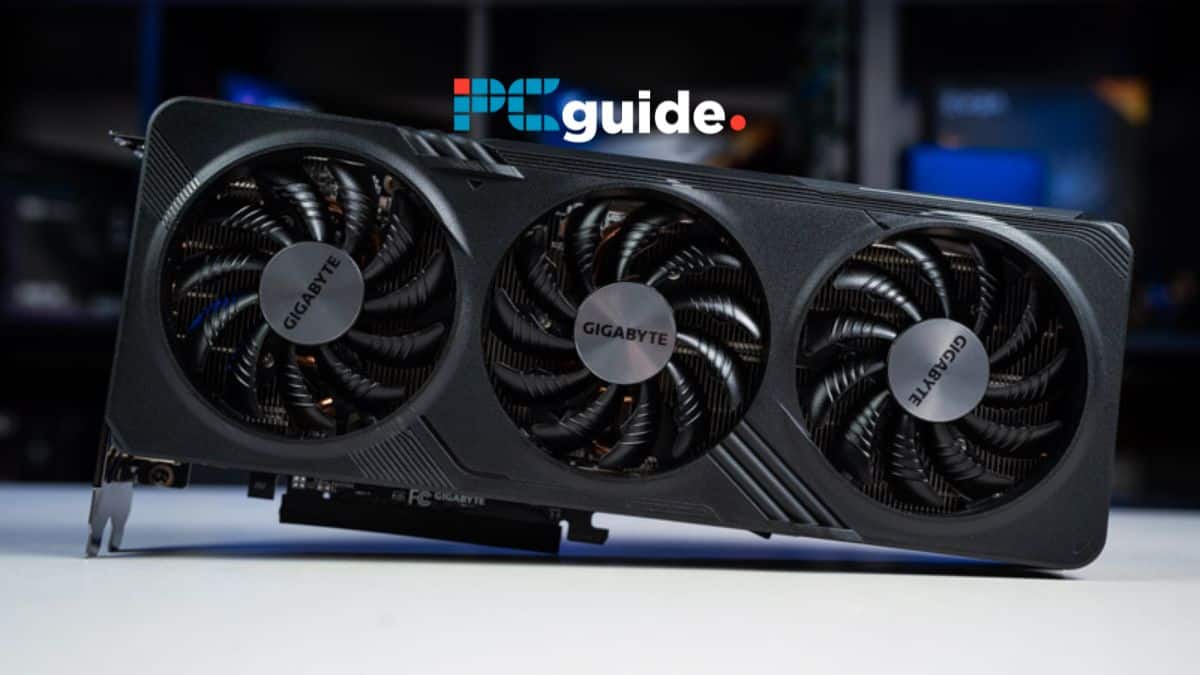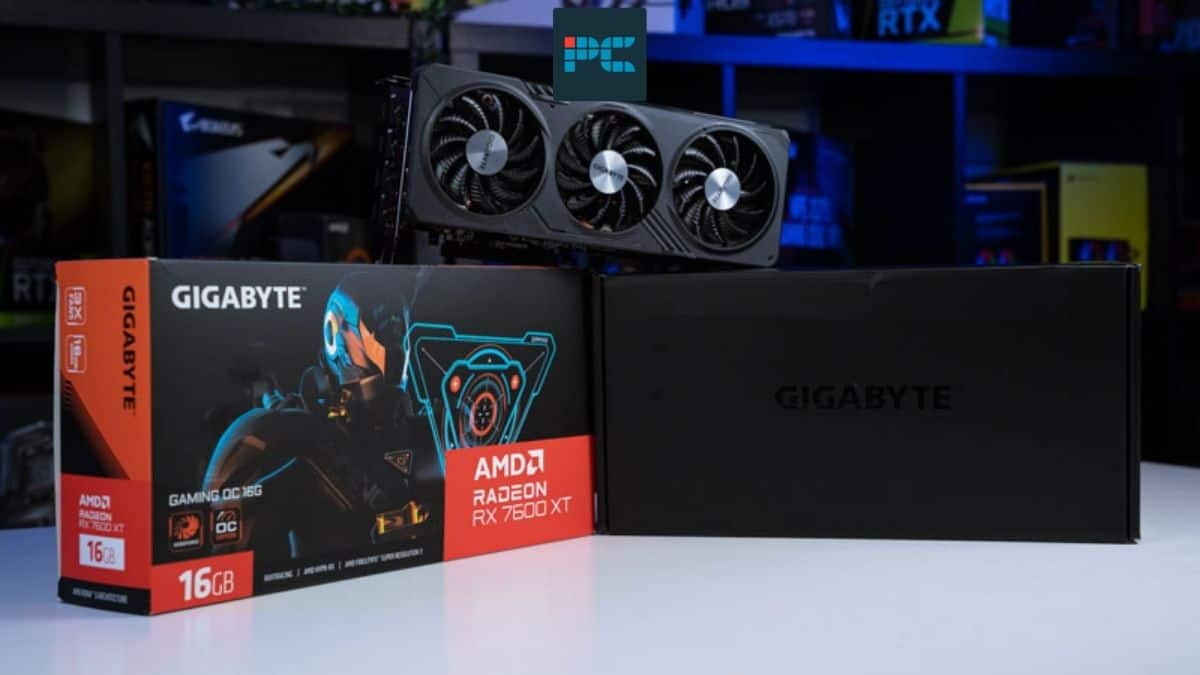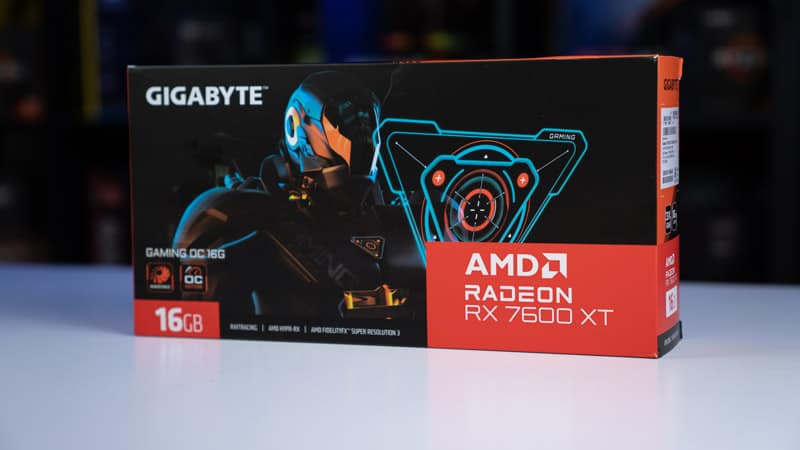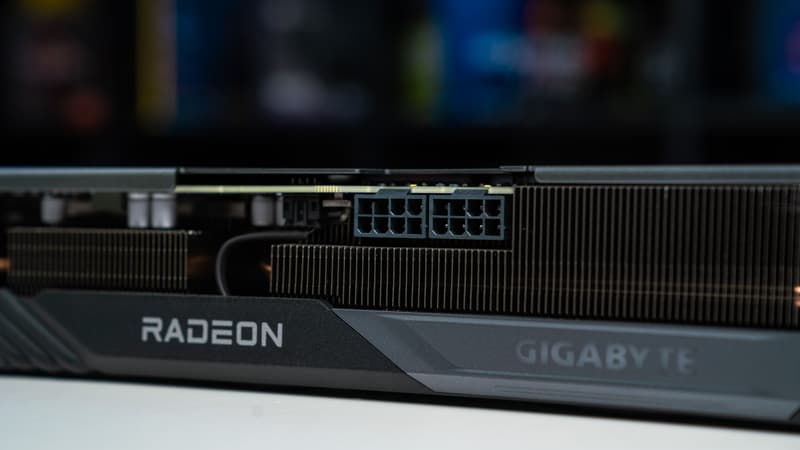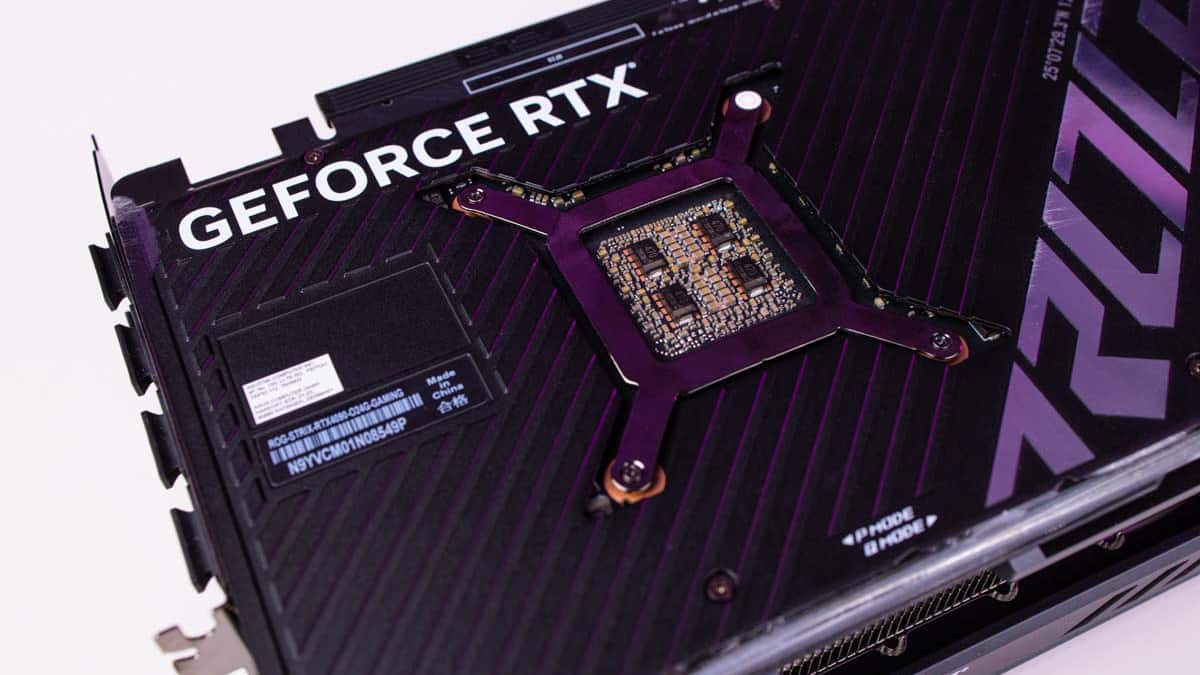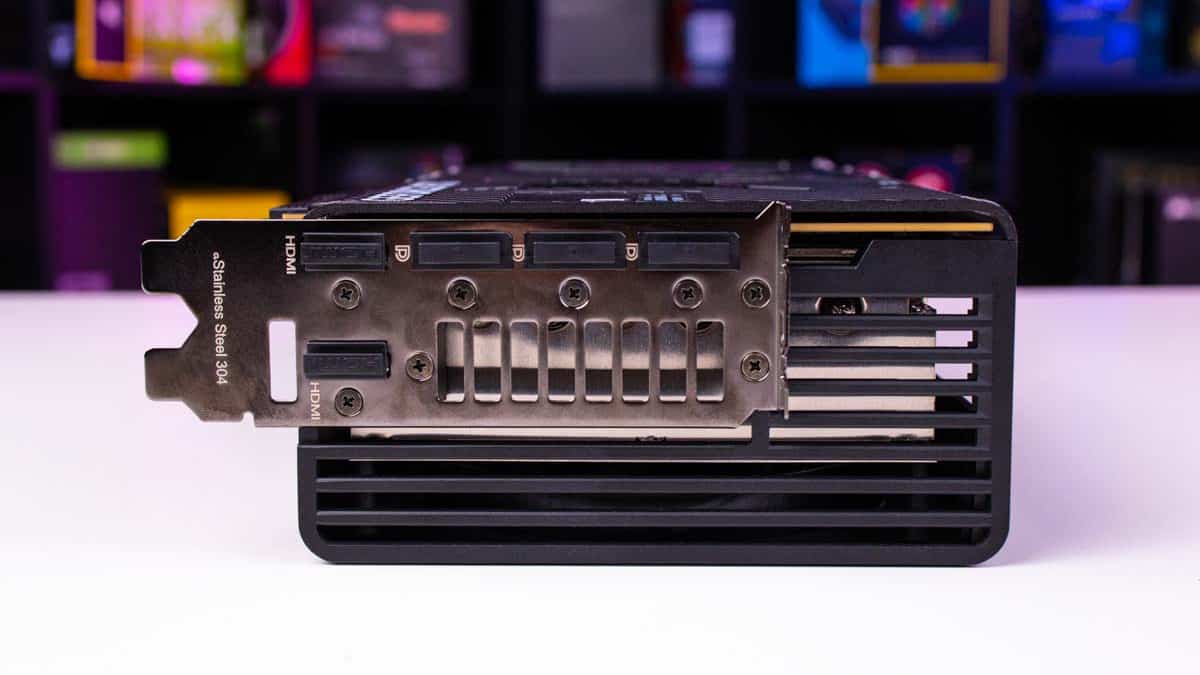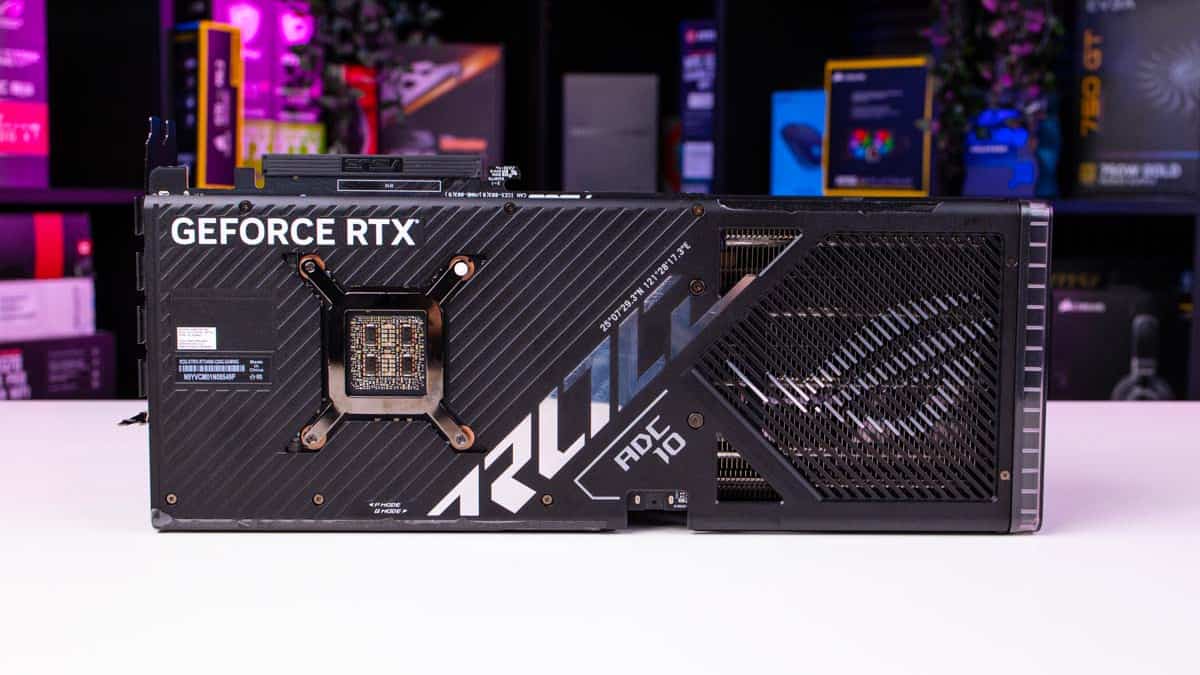Best GPUs for triple monitors in 2025 – Our top reviewed picks
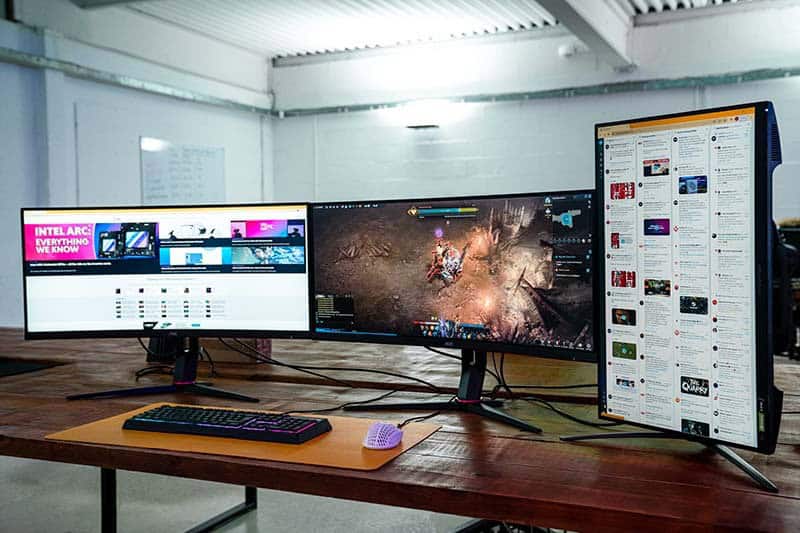
Table of Contents
The triple monitor set-up is the ultimate gaming or general viewing experience. If you have the capability to do so, we recommend at least trying it out. As we know, whether you’re gaming across all three screens, multitasking, or working with demanding applications, it’s essential to find the best graphics cards to ensure smooth and immersive experiences.
With three monitors, potentially tripling the number of pixels your GPU has to handle, it can take some power to get it running. Of course, it depends on how much your application takes up. That mostly applies to games spanning across three monitors to give complete immersion and simulation, such as Microsoft Flight Simulator 2024.
However, if you’re just going for some basic computing tasks and utilizing one for gaming, then you don’t need all the beefiest cars. So we’ve trawled through our GPU reviews and picked out the best picks for the job. Covering a wide range of capabilities from the best of the best to the more budget-friendly graphics cards, here is our top selection.
Products at a glance
-
Best GPU for triple monitor
Nvidia GeForce RTX 5080 Founders Edition
- GPU: GB203
- CUDA Cores: 10752
- VRAM: 16GB GDDR7
- Memory Bus width: 256 bit
- Base Clock speed: 2295 MHz
- Boost Clock speed: 2617 MHz
-
Best AMD GPU for triple monitor setup
AMD Radeon RX 7900 XT
- GPU: Navi 31
- Stream Processors: 5,376
- VRAM: 20GB GDDR6
- Bandwidth: 800GB/sec
- Memory bus width: 320-bit
- Base clock speed: 1,387 MHz
-
Best value GPU for triple monitor setup
ASUS Prime RX 9070 XT OC
- GPU: Navi 48 XT
- Stream Processors: 4,096
- VRAM: 16GB GDDR6
- Memory Bus Width: 256-bit
- Base/Game/Boost clock speed: 1,660/2,400/2,970 MHz
- TBP: 304W
-
Best budget GPU for triple monitor setup
Gigabyte Radeon RX 7600 XT Gaming OC
- GPU: Navi 33
- Stream Processors: 2,048
- VRAM: 16GB GDDR6
- Bandwidth: 288.0 GB/s
- Memory bus width: 128-bit
- Base clock speed: 2029 MHz
-
Best high-end GPU for triple monitors
ASUS ROG Strix RTX 4090 OC
- GPU: AD102
- CUDA cores: 16,384
- VRAM: 24GB GDDR6X
- Memory bus: 384-bit
- Bandwidth: 1,008 GB/sec
- Base clock: 2235 MHz
How we selected the best GPUs for triple monitors
To find the best GPUs for a multi-monitor setup, we considered a range of factors. Firstly, and most importantly, each GPU needed to have at least 3 DisplayPort or HDMI ports. This is the most essential component, as it means the GPU can support 3 monitors. Furthermore, we considered their performance in gaming and productivity tasks, as well as how well they can handle high resolutions and multi-screen setups.
Next, we reviewed and tested each GPU to gain a comprehensive understanding of its strengths and weaknesses. Finally, we considered the GPU’s connectivity options and compatibility with various monitor setups to ensure that our recommendations cater to various user needs and preferences.

- GPU: GB203
- CUDA Cores: 10752
- VRAM: 16GB GDDR7
- Memory Bus width: 256 bit
- Base Clock speed: 2295 MHz
- Boost Clock speed: 2617 MHz
- Compact and well-designed FE model
- Fast GDDR7 memory
- Latest connectivity and specs
- Great access to features and optimizations
- Hard to find in stock and at the correct pricing
- Higher power need
If you’re looking for a GPU that delivers strong, well-rounded performance in synthetic benchmarks and real-world gaming, the RTX 5080 is an excellent choice. Our review found it offers substantial performance gains over its predecessor, and it's available in various models.
One of the most significant upgrades is the switch to GDDR7 memory, which supports per-pin speeds of up to 32GB/s—significantly faster than the 24GB/s offered by GDDR6X. This allows the RTX 5080 to handle more data with greater efficiency, resulting in noticeably improved performance.
It also supports PCIe 5.0, enabling it to utilize the bandwidth available on newer motherboards fully. This minimizes potential bottlenecks and helps maximize system performance.
The Nvidia RTX 5080 FE is an impressive graphics card from the get-go. Its eco-friendly packaging and minimal size are surprising factors in unboxing, but the performance doesn't falter with that design.
PC Guide
The RTX 5080 is compact and efficient in terms of design. With dimensions of 304x137x48mm and a 2-slot form factor, it takes up less space than previous models while still delivering excellent thermal performance. We tested it alongside the Ryzen 7 9800X3D, currently one of the best CPUs for gaming, to see how it handles demanding titles.
With all that power, it is the top pick as a GPU for triple monitors. Able to run games at a great framerate at various resolutions, along with being proficient in plenty of other tasks. That way, you get a well-rounded solution, if you can get it for a good price.
- Excellent efficiency gains
- Innovative chiplet design
- Great for gaming and content creation
- Achieving super high refresh rates (120Hz+) on all three monitors in all games might require some tweaking.
- Consider top-of-the-line option in AMD’s lineup if you are worried about needing to update
- Ray tracing and AI performance are not top priority.
Finally, if gaming across three monitors is your primary focus, the AMD Radeon RX 7900 XT is also an excellent choice. This enthusiast-class graphics card is built on a 5 nm process and uses the Navi 31 graphics processor in its Navi 31 XT variant.
The card ensures compatibility with modern games and features like hardware raytracing and variable-rate shading. The GPU boasts 5,376 shading units, 336 texture mapping units, 192 ROPs, and 84 raytracing acceleration cores. The GPU operates at a base clock of 1500 MHz and can be boosted up to 2394 MHz, while the memory runs at 2500 MHz (20 Gbps effective).
The RX 7900 XT comes with 20 GB of GDDR6 memory, connected via a 320-bit memory interface, providing ample memory bandwidth for high-resolution gaming. Considering all these specs, you should have no problem powering up a multi-monitor setup.
The RX 7900 XT comes with 20 GB of GDDR6 memory, connected via a 320-bit memory interface, providing ample memory bandwidth for high-resolution gaming.
PC Guide
As a dual-slot card, the AMD Radeon RX 7900 XT has a maximum power draw of 300 W and requires 2x 8-pin power connectors. The display outputs include 1x HDMI 2.1a, 2x DisplayPort 2.1, and 1x USB Type-C, providing all the necessary connections for a triple monitor gaming setup paired with a video card.
The RX 7900 XT offers impressive performance for gaming enthusiasts who want to immerse themselves in a multi-screen experience. In addition, our own review of the RX 7900 XT should provide more clarity for anyone interested in purchasing.

- GPU: Navi 48 XT
- Stream Processors: 4,096
- VRAM: 16GB GDDR6
- Memory Bus Width: 256-bit
- Base/Game/Boost clock speed: 1,660/2,400/2,970 MHz
- TBP: 304W
- Incredible value graphics card
- Plenty of memory capacity
- Strong gains in performance
- It can still lack in workload scenarios
- Spiking power draws
AMD took its time to release its RDNA 4 graphics cards. Originally expected to debut at CES 2025, the RX 9070 XT and RX 9070 instead launched in March. The wait seems to have been worth it; AMD made some smart decisions during that time, and the RX 9070 XT has received widespread praise, including in our own review. Even the pricing strategy, while unconventional due to how closely the two models are positioned, works in AMD's favor.
The RX 9070 XT features the Navi 48 GPU, delivering top-tier RDNA 4 performance, though it’s not meant to compete directly with Nvidia's flagship 90-series. Instead, it offers a strong mix of modern features and high speeds. With PCIe Gen 5 support and boost clocks approaching 3GHz (and surpassing it in many custom, overclocked models), it stands out as a powerful contender in the upper midrange segment.
After keeping us waiting a few months, AMD's RX 9070 XT seems worth the wait. It offers incredible performance and true 4K gaming for $600.
PC Guide
AMD's return to a monolithic chip design and continued use of GDDR6 memory helps keep costs down without compromising performance. In our benchmarks, the RX 9070 XT consistently outperformed the RTX 5070 by a noticeable margin, and even edged close to the RTX 4080 and 5080 in several tests, all while costing significantly less. With a $599 MSRP, it's positioned as an extremely competitive option.
Performance holds up impressively across resolutions. In Cyberpunk 2077 at 4K ultra settings, the RX 9070 XT averaged 61 FPS. Even with ray tracing enabled, performance remained solid, far better than AMD's previous-gen struggles. While its lead over the RTX 5070 narrows in these scenarios, AMD's FSR technology helps push the card further, especially with frame generation enabled, even if it doesn't match DLSS 4's multi-frame tech.
One area where Radeon still lags behind Nvidia is synthetic and productivity workloads. While the RX 9070 XT performs well in 3DMark and general rendering tasks, Geekbench results show a clear architectural gap. So, if you need a GPU for more than gaming, it's something to consider.
That all makes it a great value option for a triple monitor setup. Providing a strong performance across the board, which can support a great deal of pixels.
- GPU: Navi 33
- Stream Processors: 2,048
- VRAM: 16GB GDDR6
- Bandwidth: 288.0 GB/s
- Memory bus width: 128-bit
- Base clock speed: 2029 MHz
- Boost clock speed: 2539 MHz
- Good 1080p performance
- Competitive pricing
- Capable of 1440p
- Native performance is hit and miss
- Lags behind RTX 4060 and 4060 Ti
- Not powerful enough for creators
The RX 7600 XT can be a good choice for a triple monitor setup, especially if you’re aiming for 1080p resolution and high refresh rates. At this resolution, the 7600 XT can handle most modern games at high settings, delivering a smooth and immersive experience across all three screens.
Additionally, AMD graphics cards tend to offer good performance with FidelityFX Super Resolution (FSR), a technology that can boost frame rates without sacrificing too much image quality. This can be particularly useful in demanding games where maintaining high frame rates across three monitors might be challenging.
The AMD RX 7600 XT holds its own in 1080p and can provide more-than-playable framerates in 1440p but not flawlessly.
PC Guide
However, the RX 7600 XT might struggle if you’re looking to push higher resolutions like 1440p on three monitors. While it can handle some games at medium to high settings, achieving consistent high frame rates across all three monitors might be difficult. Additionally, some games might be more CPU-bound at higher resolutions, and having a powerful enough processor becomes equally important.
So, depending on the specific titles you play and your desired settings, you might need to consider a more powerful graphics card or adjust your expectations for visual fidelity. For more information on this card, be sure to check out our full RX 7600 XT review.

- GPU: AD102
- CUDA cores: 16,384
- VRAM: 24GB GDDR6X
- Memory bus: 384-bit
- Bandwidth: 1,008 GB/sec
- Base clock: 2235 MHz
- Best Nvidia GPU on the market
- 3rd-gen Ray tracing
- Easily drives resolutions of 5760 x 1080 (three 1080p displays)
- The 4090 is a top-tier card with a price tag to match
- Can be considered overkill depending on your desired performance level and budget
- Not ideal for entry-level consumers
For those who want the absolute best performance in a triple monitor setup, the Nvidia RTX 4090 is arguably the ultimate choice. However, you may be wondering why it is not our top choice. Well, let's explain. The RTX 4090 is a GPU built on a 5 nm process and utilizes the powerful AD102 graphics processor, supporting DirectX 12 Ultimate. This ensures that it's future-proofed and can handle all the latest games and upcoming features like hardware-raytracing and variable-rate shading.
The RTX 4090 is an absolute powerhouse, boasting 16,384 shading units, 512 texture mapping units, 176 ROPs, 512 tensor cores, and 128 raytracing acceleration cores. With 24 GB of GDDR6X memory and a 384-bit memory interface, this card has ample memory bandwidth to handle high-resolution streaming and intense tasks. The GPU runs at a frequency of 2235 MHz, boosting up to 2520 MHz, while the memory operates at 1313 MHz (21 Gbps effective). All this does come with a hefty price.
The RTX 4090 doesn’t come cheap by any stretch but there’s no denying its capabilities for true 4K gaming and creativity that nothing else on the market can match. Simply put, you want the best of the best then the second-generation BFGPU delivers.
PC Guide
Featuring three DisplayPort outputs and one HDMI port, the RTX 4090 has all the connectivity options you need for a three-monitor setup. It's perfect for those who demand the best performance possible for gaming, content creation, or other demanding tasks across multiple displays. Keep in mind that with such power comes a higher price tag, but if you want the best of the best, the Nvidia RTX 4090 is a solid choice. We also have an RTX 4090 review available if you are looking for more information.
Considerations for the best GPU for triple monitors
When looking for the best GPU for a multi-monitor setup, there are a few factors you'll want to keep in mind:
Monitor resolution
First, consider the resolution of your monitors. Higher resolution screens, like 4K, will require more powerful GPUs to maintain smooth visuals across all three displays. If you're into gaming, you'll also want a GPU that can handle high frame rates to ensure a smooth gaming experience with high-quality visuals. Below, you will find the various monitor resolutions you can expect from a three-monitor setup:
- Triple 1080p (5760×1080) – This is the least demanding option. A good mid-range GPU can handle most games at high settings with smooth frame rates.
- Triple 1440p (7680×1440) – Offers a significant jump in sharpness and immersion, but requires a more powerful GPU. Expect high-end or top-tier options to be necessary for smooth performance at max settings.
- Triple 4K (11520×1440) – The ultimate in visual fidelity, but highly demanding. Even the most powerful GPUs might struggle with some games at the highest settings and refresh rates.
Refresh rate
This refers to how many times the image on your screen refreshes per second. Higher refresh rates (120Hz or higher) provide smoother visuals, especially in fast-paced games. However, achieving these high refresh rates on all three monitors simultaneously with demanding games requires an even more powerful GPU.
GPU connectivity
Another thing to think about is the GPU's connectivity options. Make sure it has enough output ports to support your triple monitor setups, such as HDMI, DisplayPort, or USB-C. Some GPUs may require adapters or additional hardware to support multiple displays, so it's essential to double-check the compatibility.
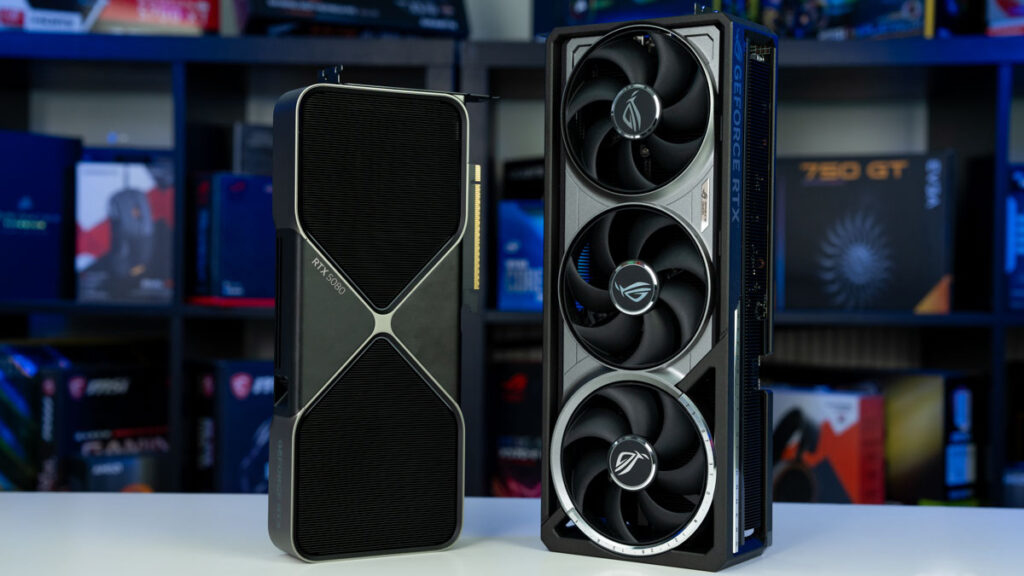
Triple monitor setup
It goes without saying that three monitors will take up a considerable amount of room compared to your normal gaming setup. For that reason, it is important to look into stands for your monitors in order to frame them correctly to avoid damage and effectively position them for gameplay.
Price
Getting the most for your money is key when choosing a GPU for multiple monitors. Here are some strategies to snag a great deal:
- Target Seasonal Sales – Black Friday and Spring Sales are prime times to find GPUs at discounted prices. However, many retailers like Amazon run promotions year-round. Keep an eye out for these opportunities!
- Check pricing history – Use price history trackers like Camelcamelcamel to see a product's price fluctuations and identify sale patterns. This way, you'll know if the current price is a good deal or if you should wait for a bigger drop.
That can also help you stretch your budgets, getting an even better graphics card for under $500, say, is much more valuable. Especially as plenty of MSRPs these days seem like suggestions rather than the true pricing we see at retailers.
Does having three monitors affect GPU performance?
It's true that extra displays can tax your graphics card a bit more. This is especially noticeable when things are constantly changing on screen, like watching videos or having multiple programs open with live updates. However, with modern GPUs, the performance hit for simply having three monitors on is usually negligible. It's the workload on those monitors that matters most; just be sure to have a powerful CPU and plenty of RAM to match.
Should I plug all monitors into a GPU?
Yes, even if you have integrated graphics, you should still plug in your three monitors into your graphics card. That way, it can get the best graphical performance as a dedicated GPU is the best option for the job. It also allows for better integration when setting up your multi-monitors.
How many display connections does a graphics card have?
Most graphics cards have four ports. In general, these are split between three DisplayPort and three HDMI options. These vary in generation and ability, such as DP being 2.1, 2.0, etc. However, some options change this up, like some ASUS models we’ve tested (like the Astral 5080), which add an extra port, like an HDMI, to result in five in total.

What do you need triple monitors for?
A triple-monitor setup is often used for an immersive gaming experience. To simulate a cockpit for racing or flying, the monitors can enclose you to provide a greater experience. Having three monitors on a desk can improve your multitasking capability while keeping your eyes on many things at once, all of which need an adequate graphics card to power.

